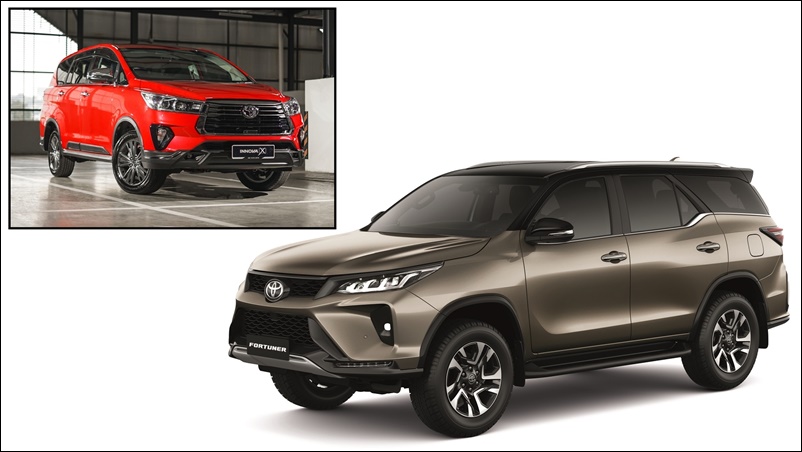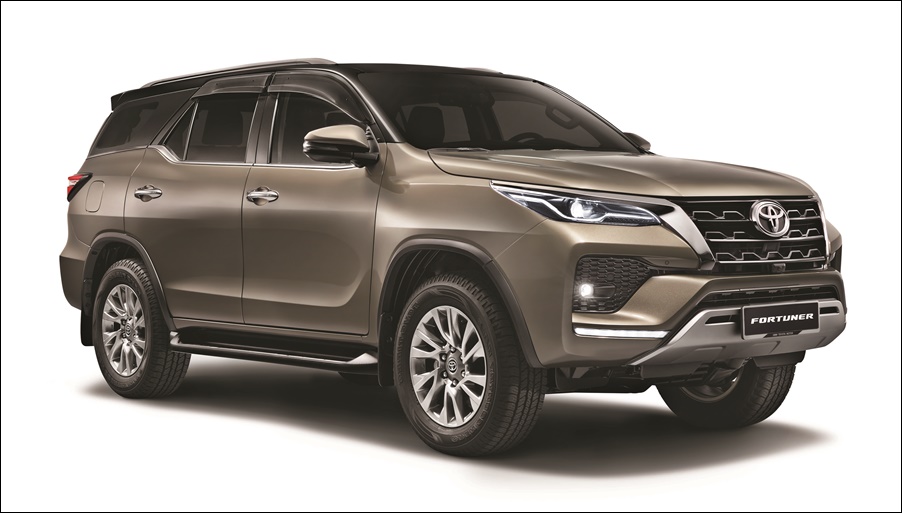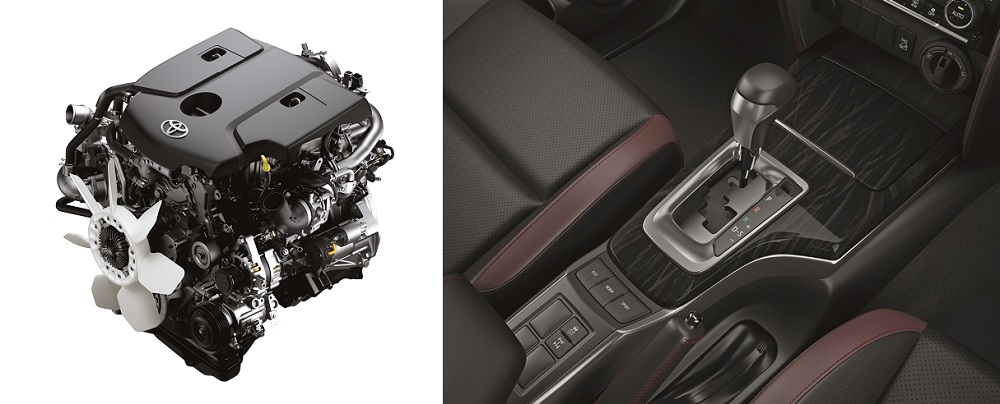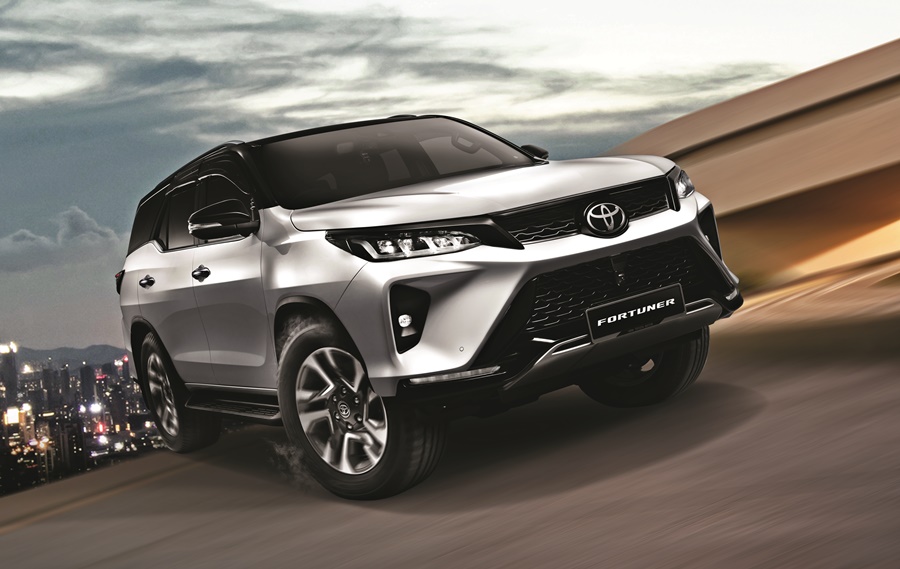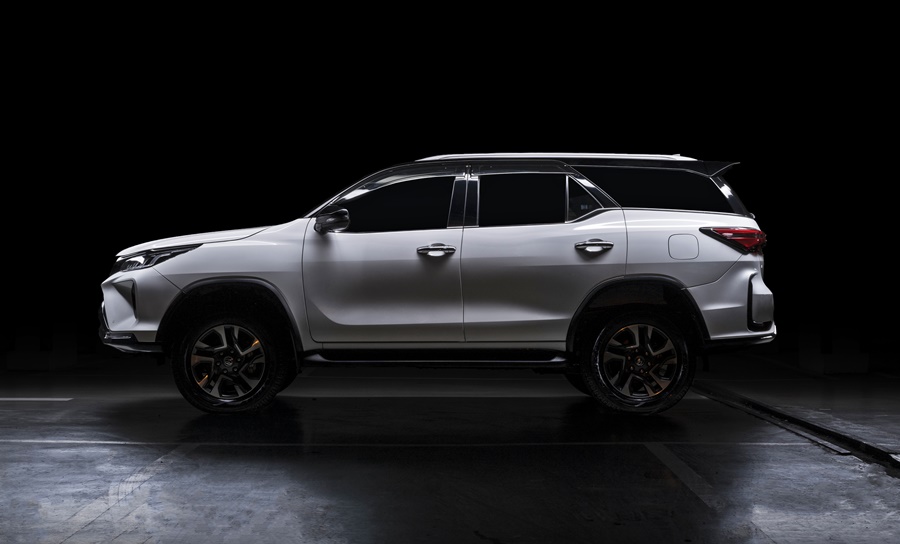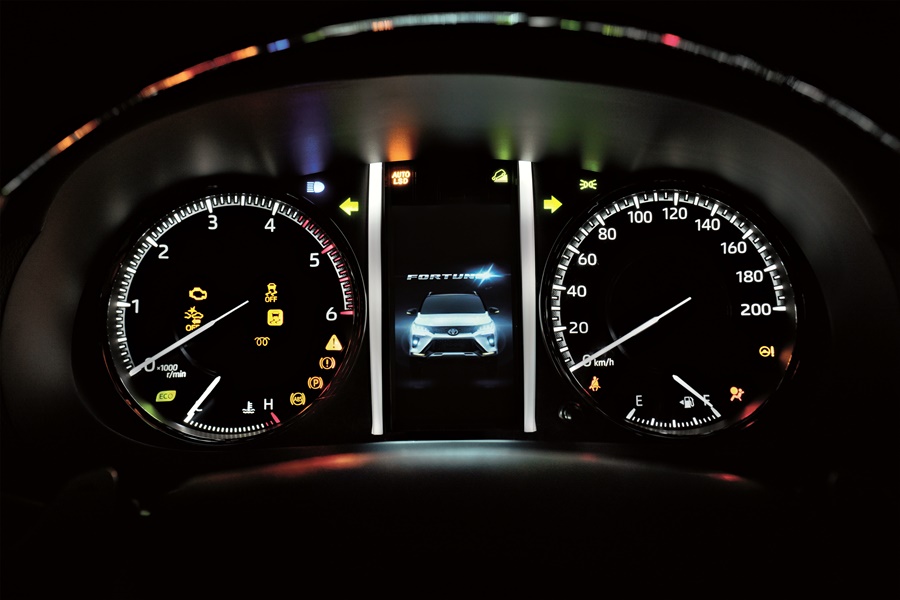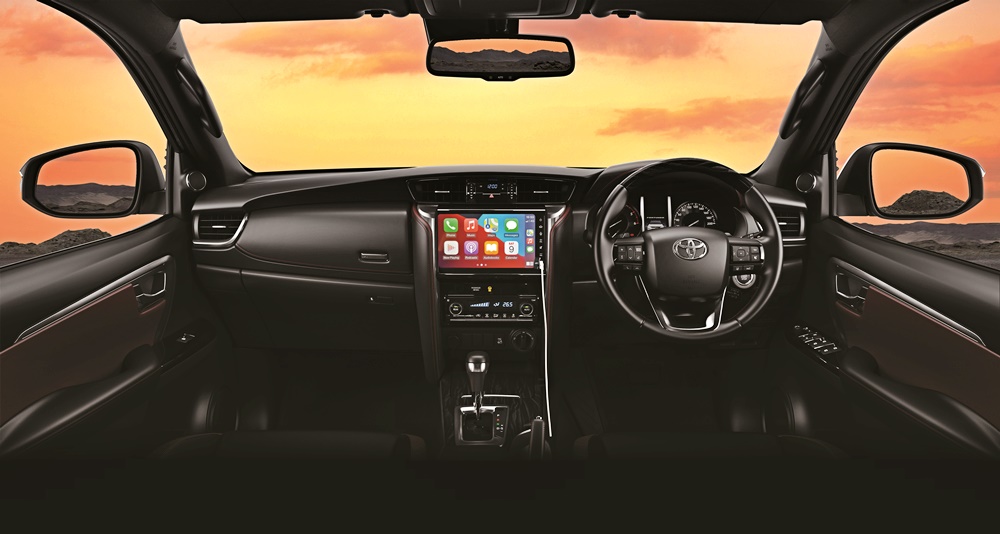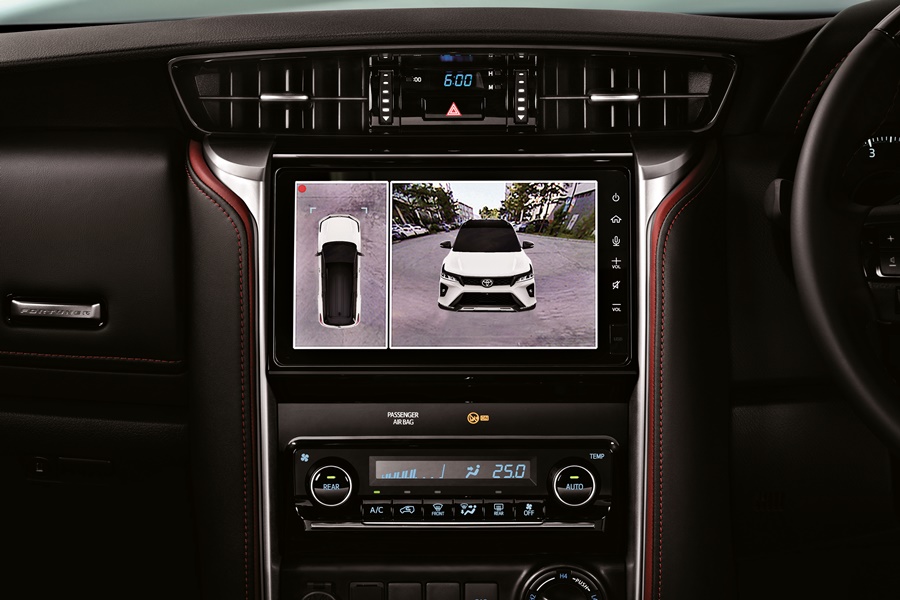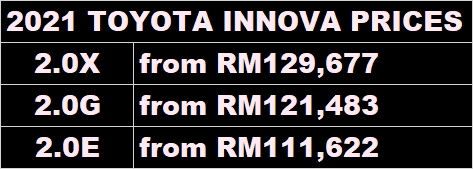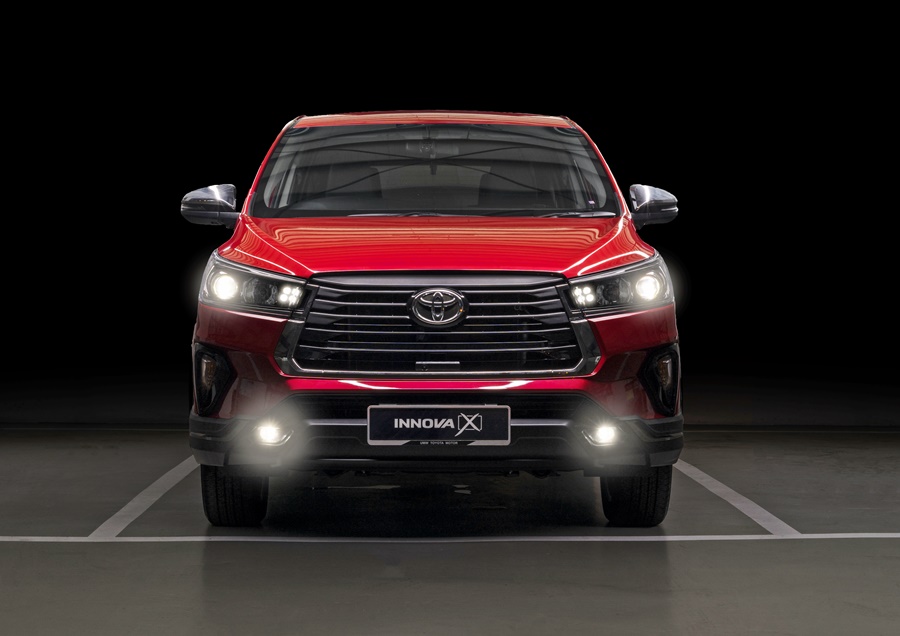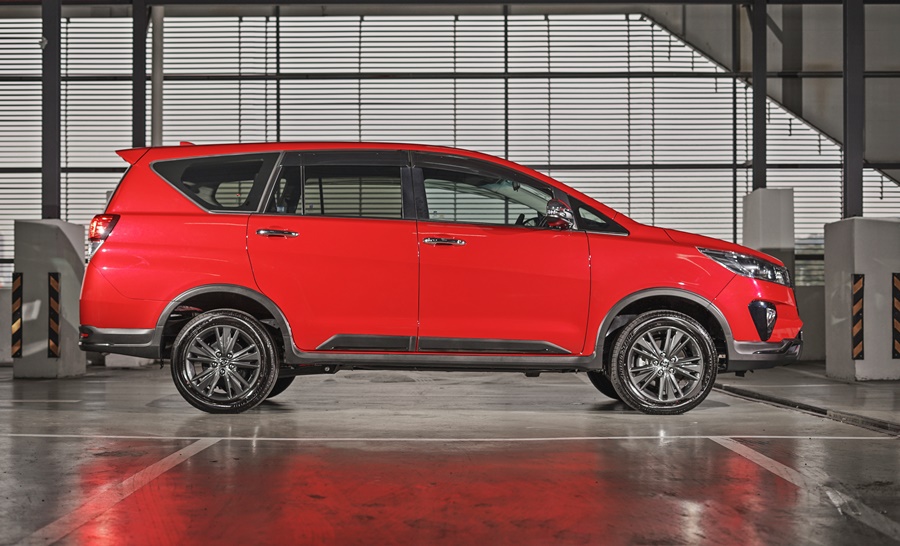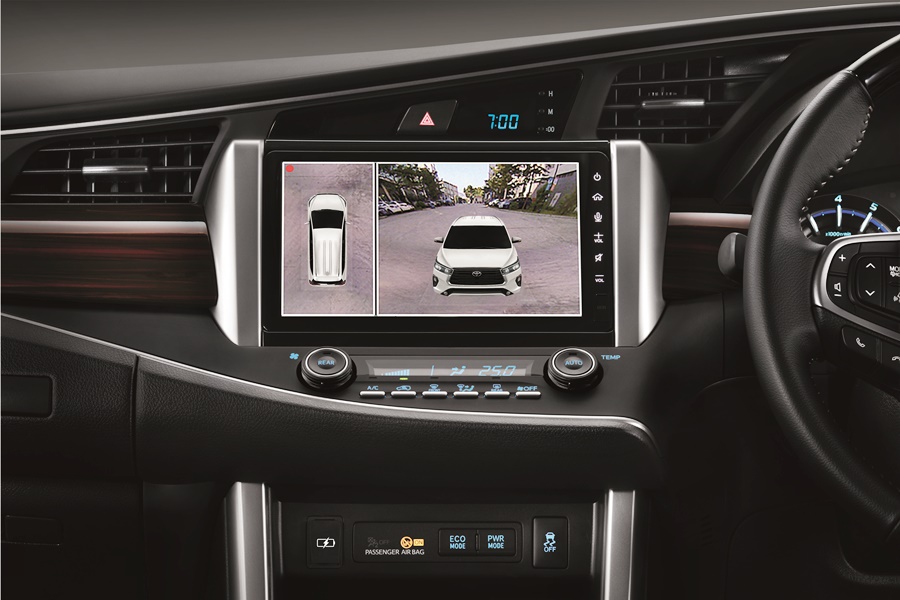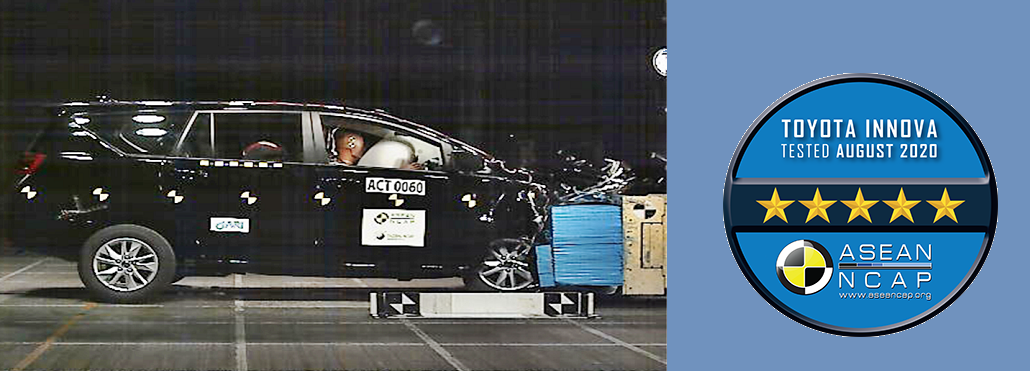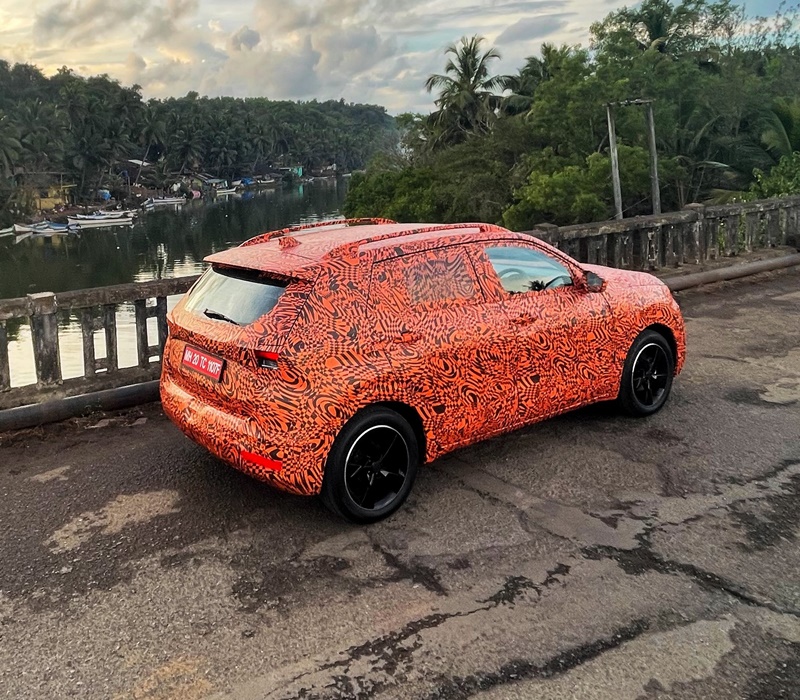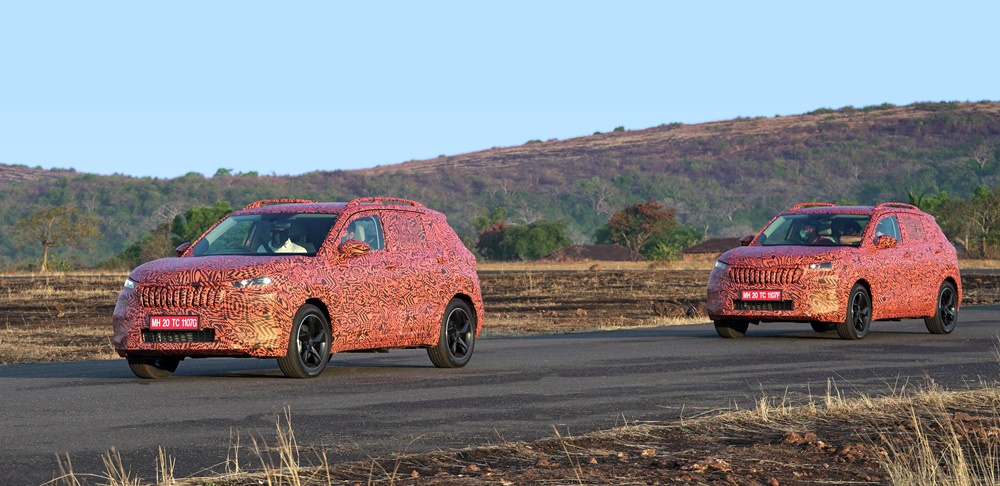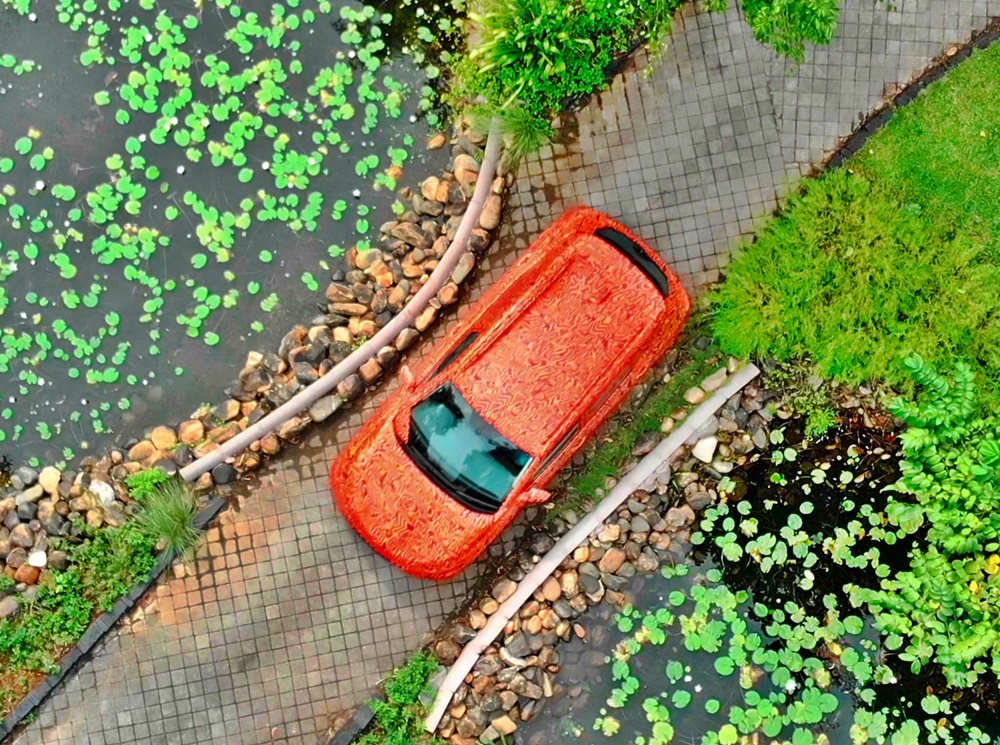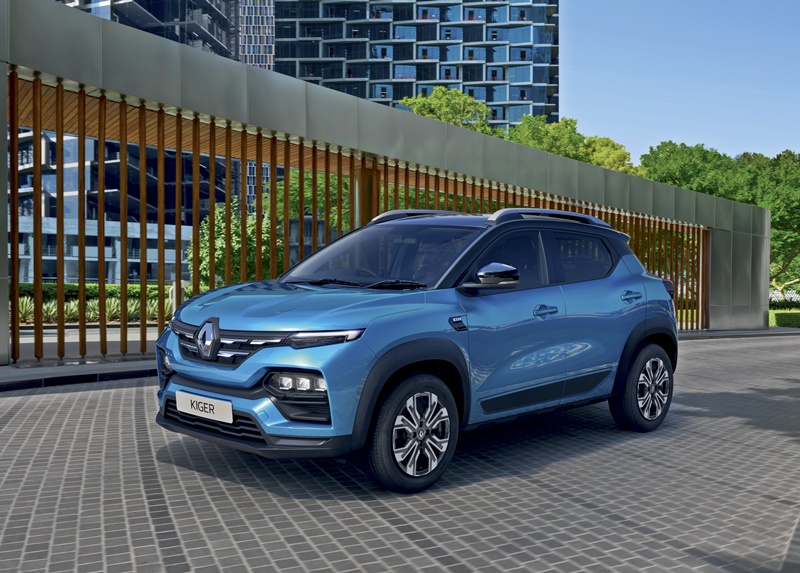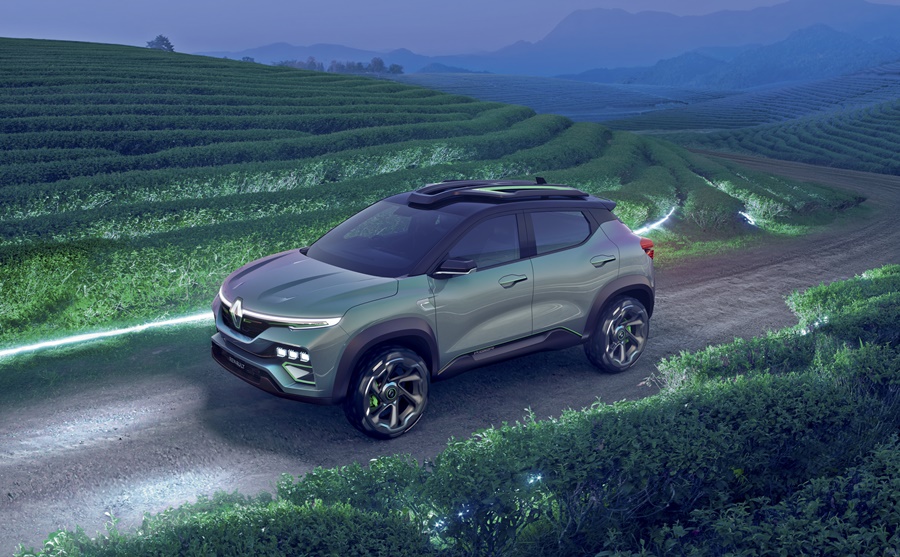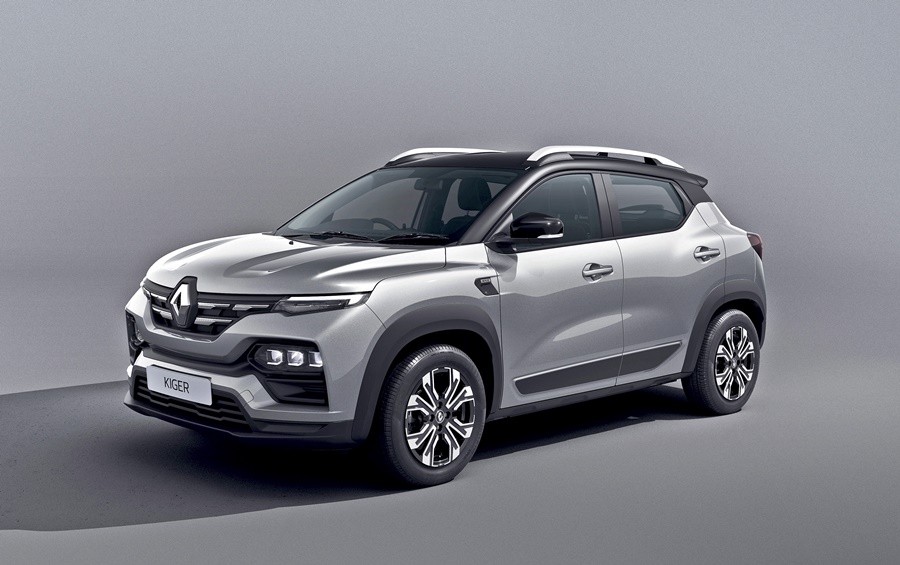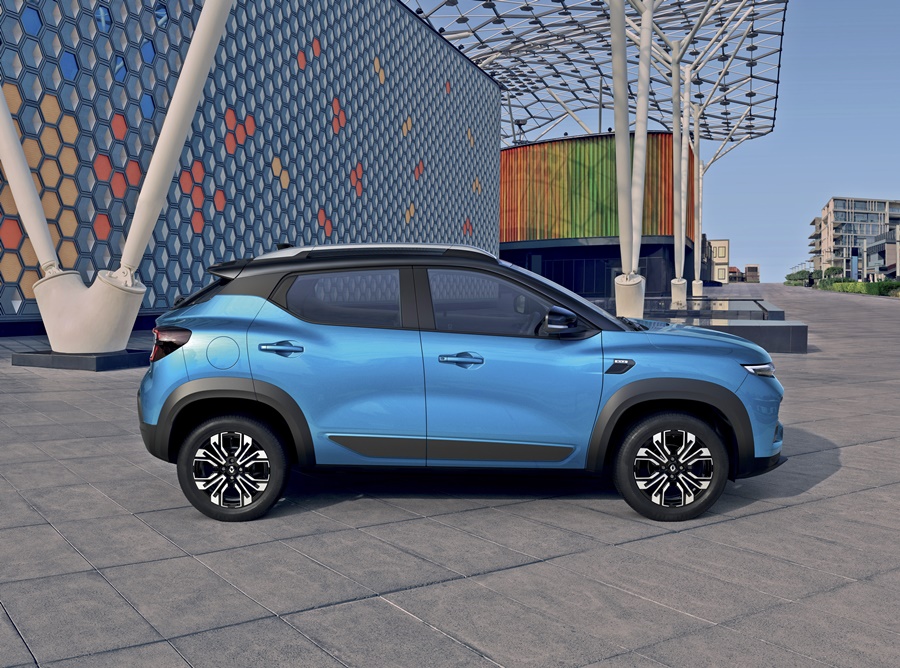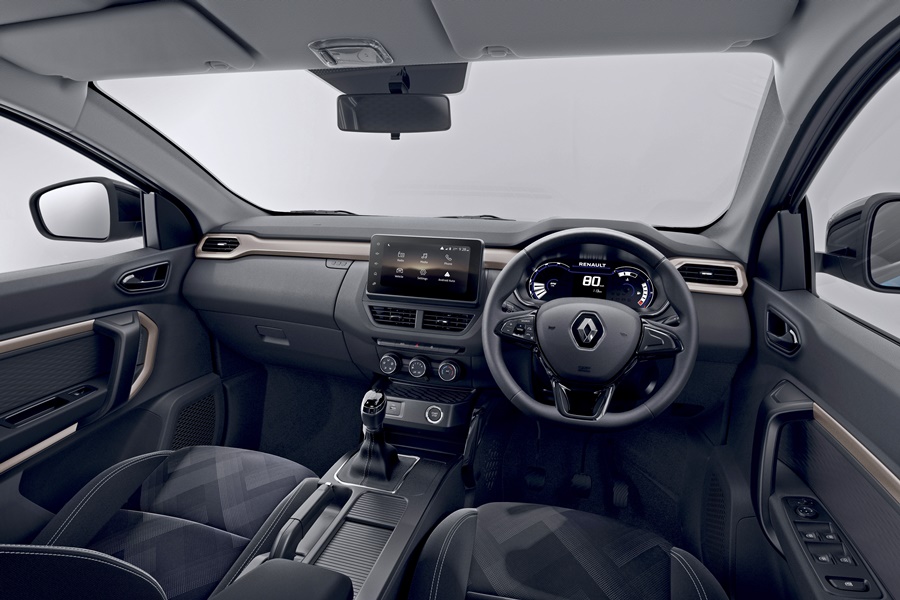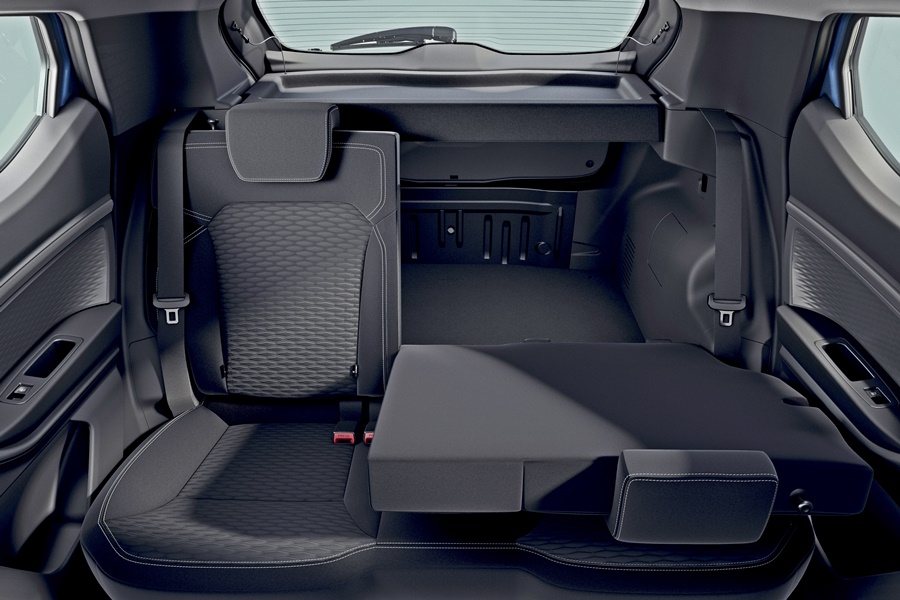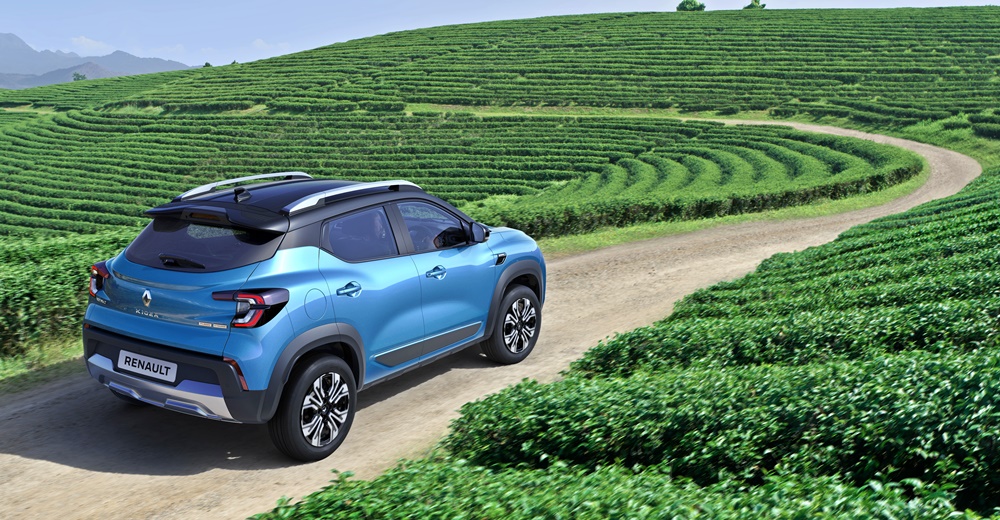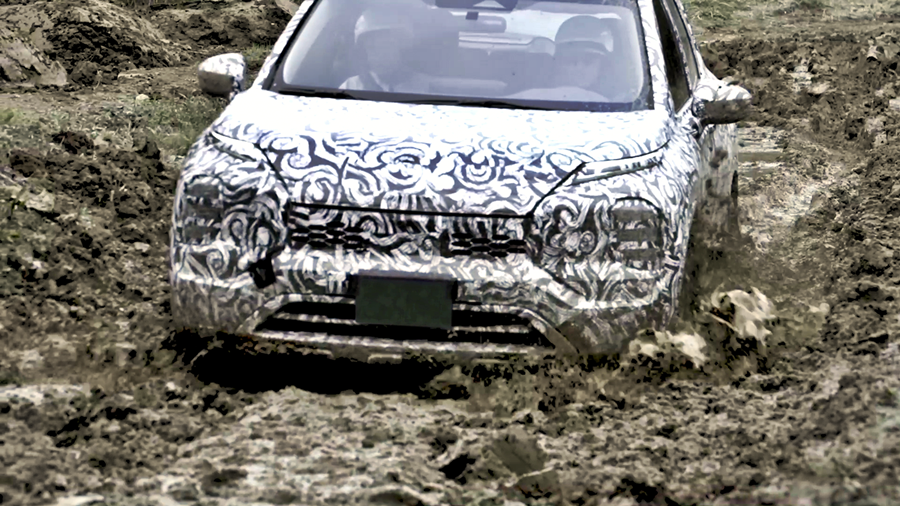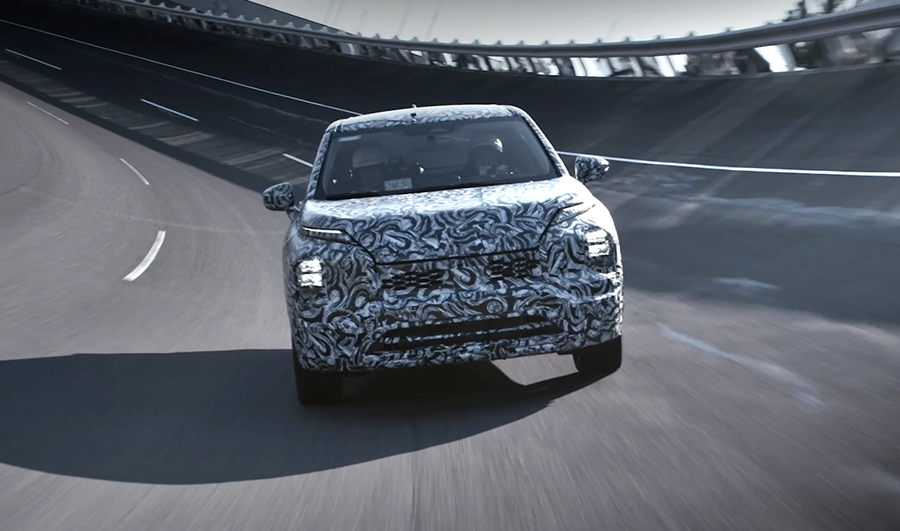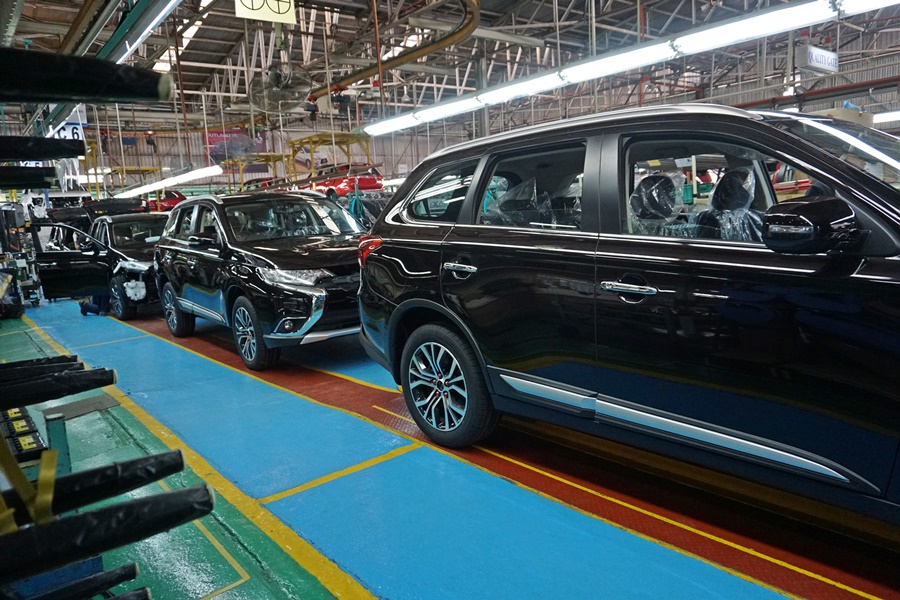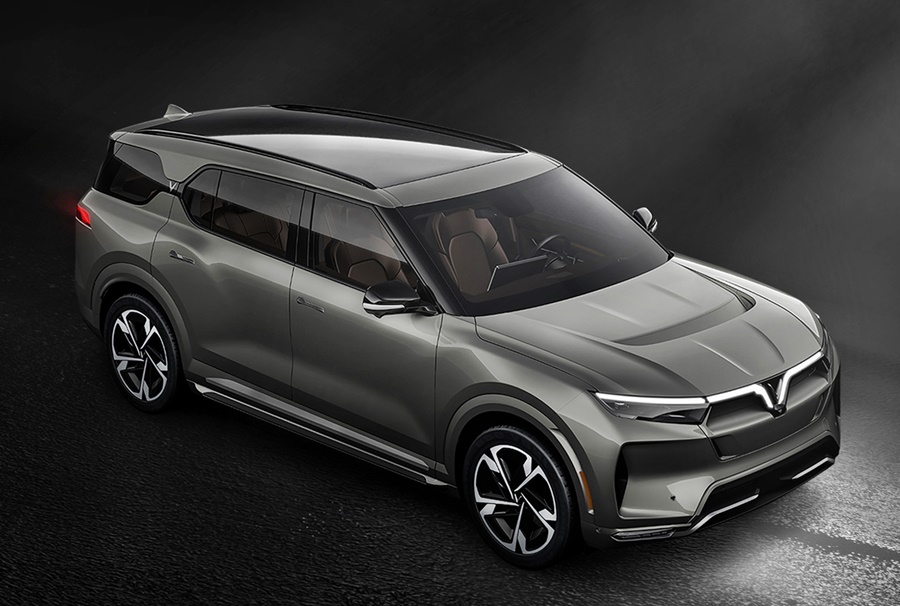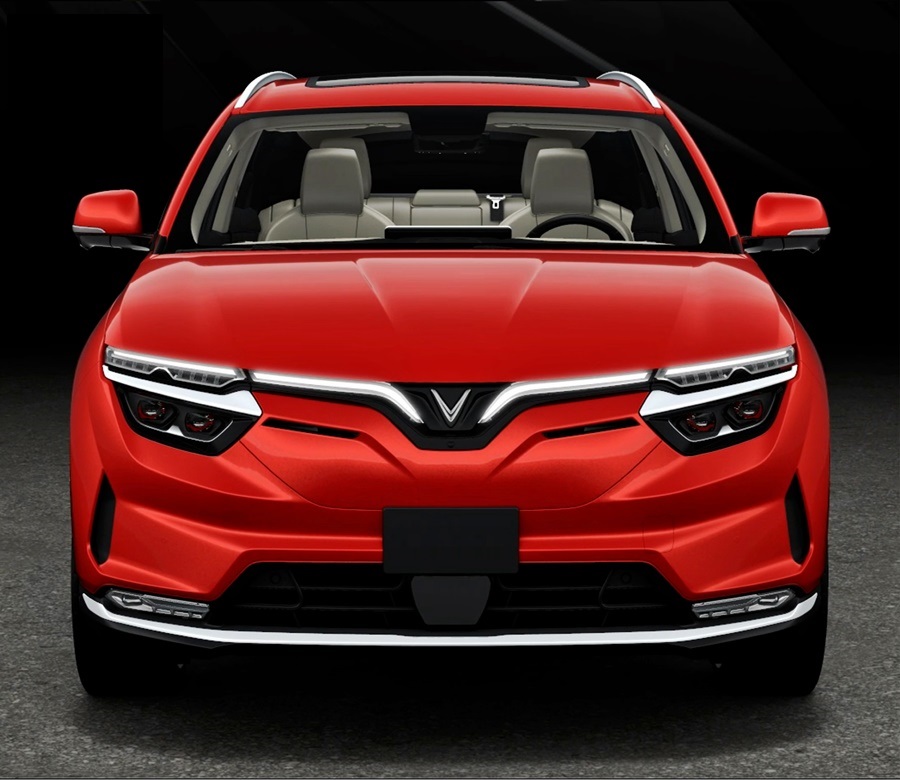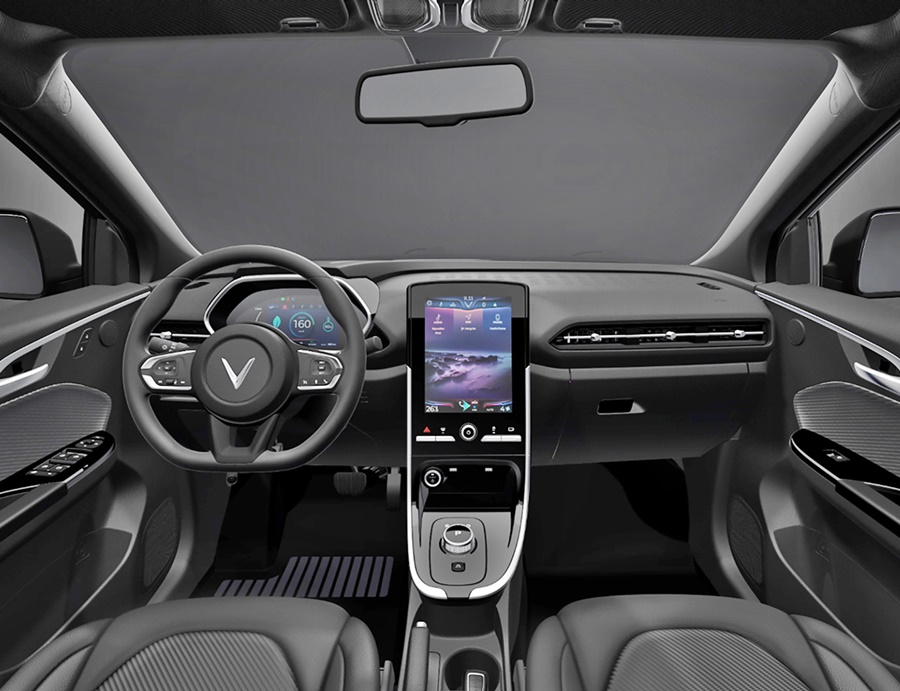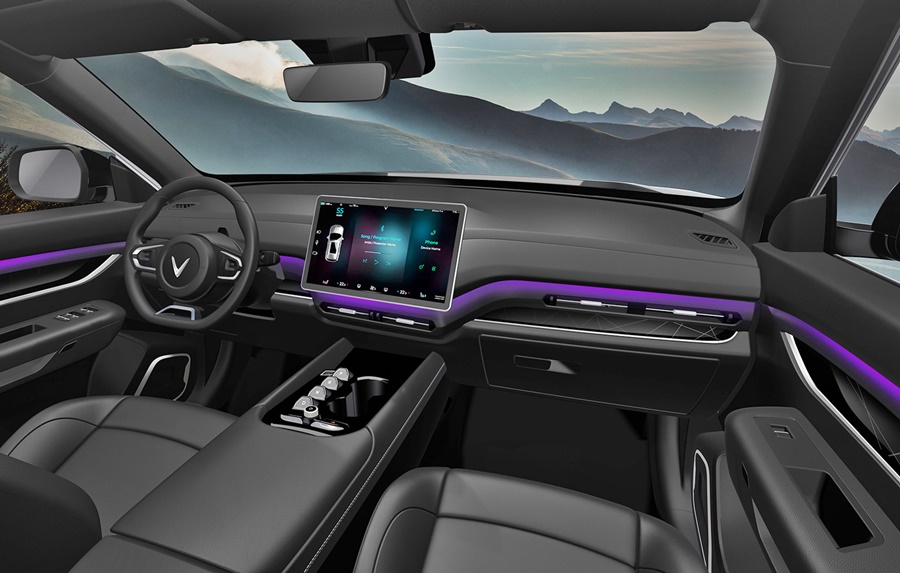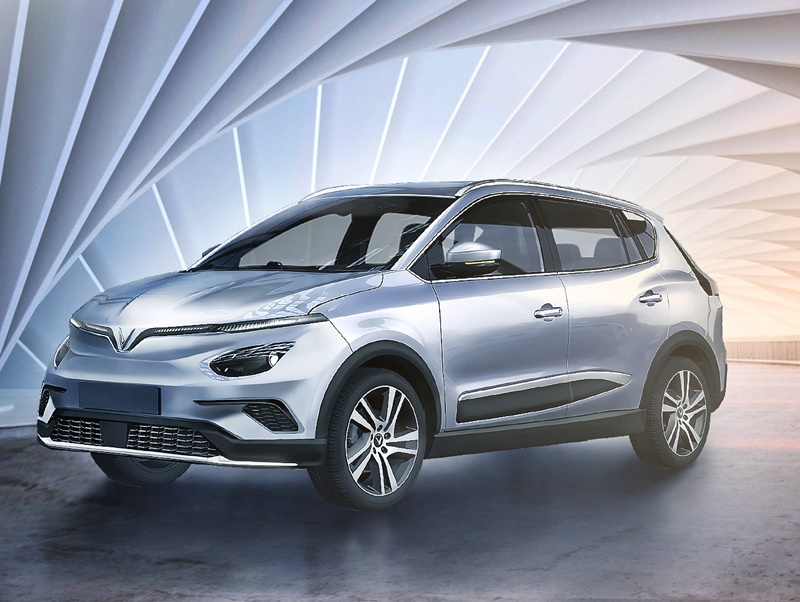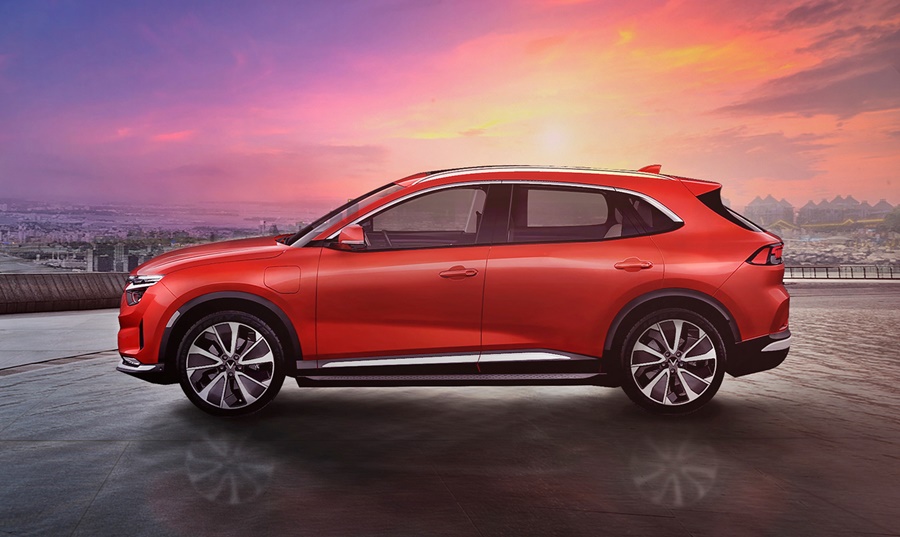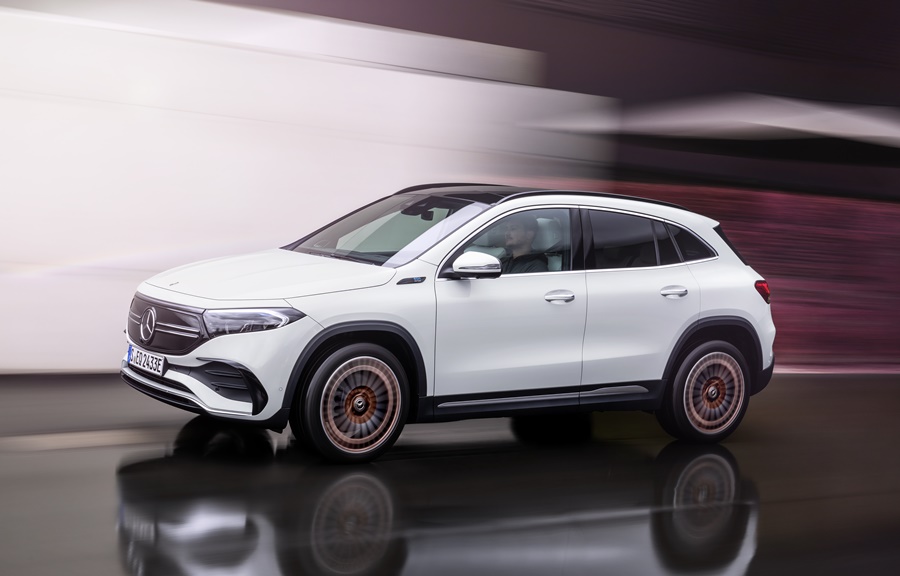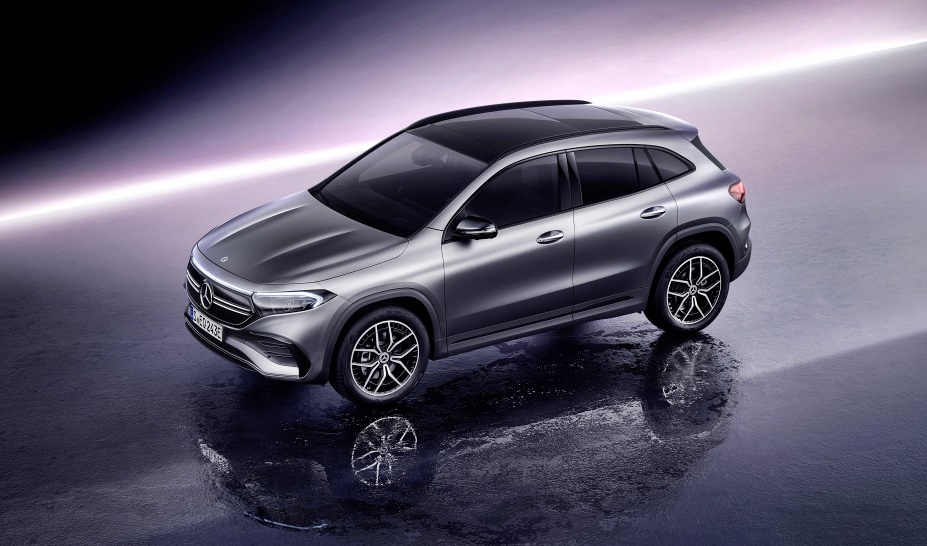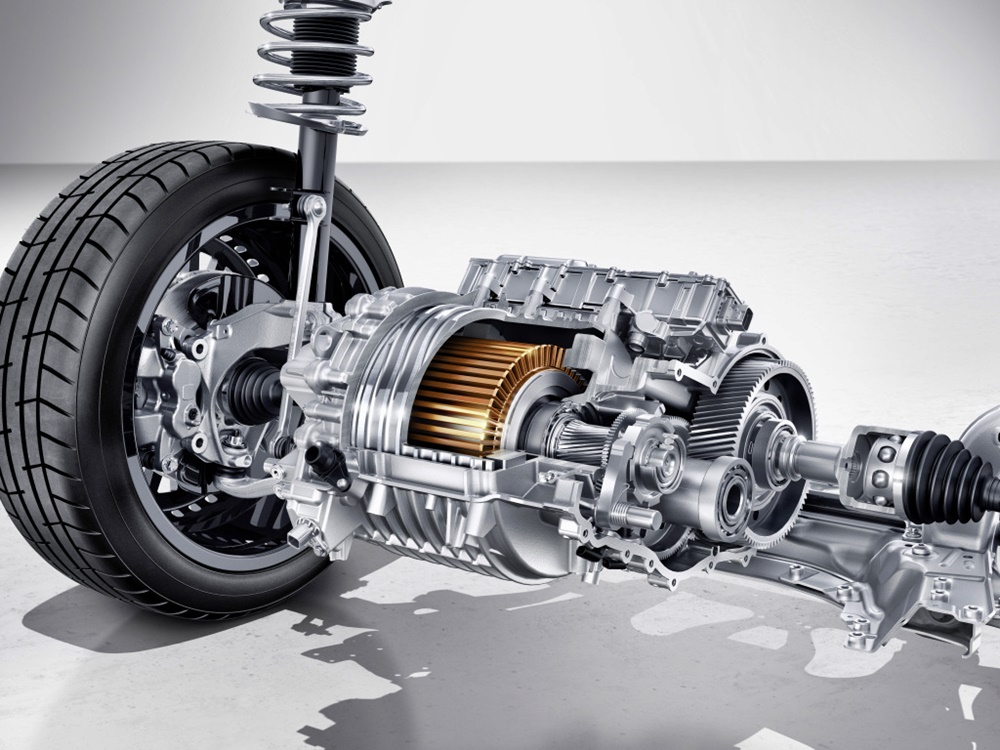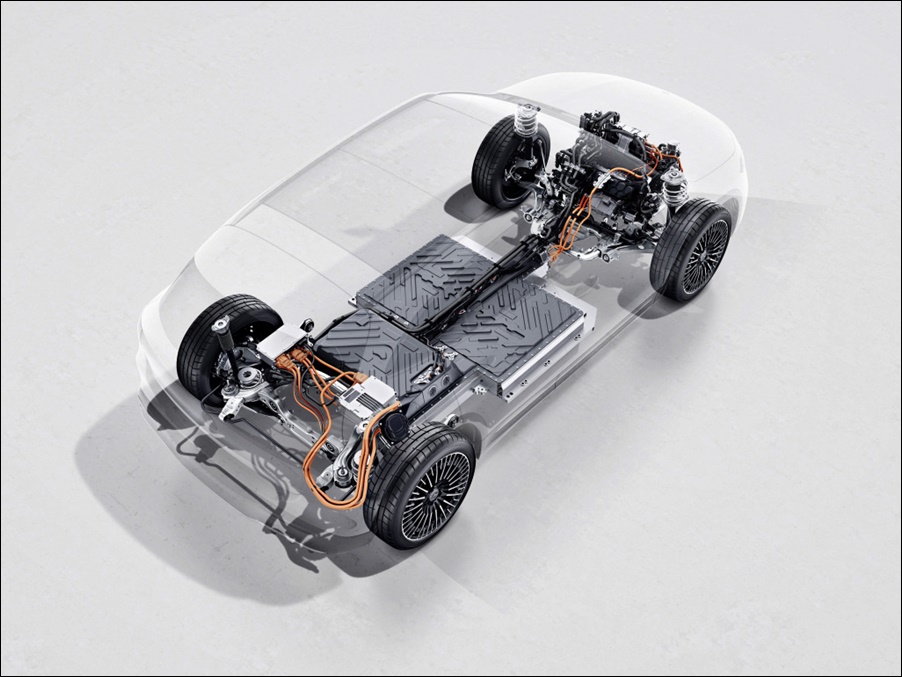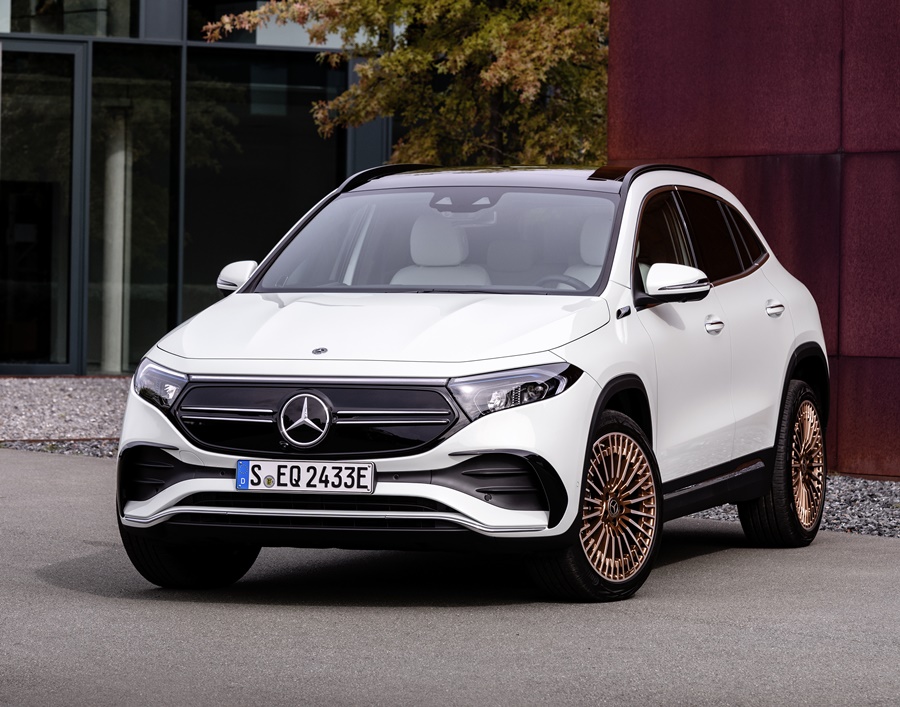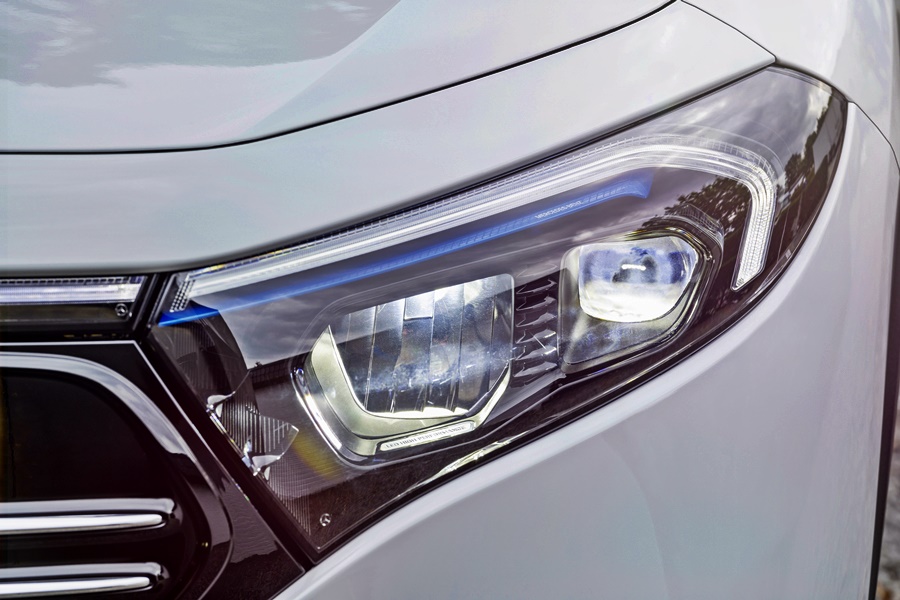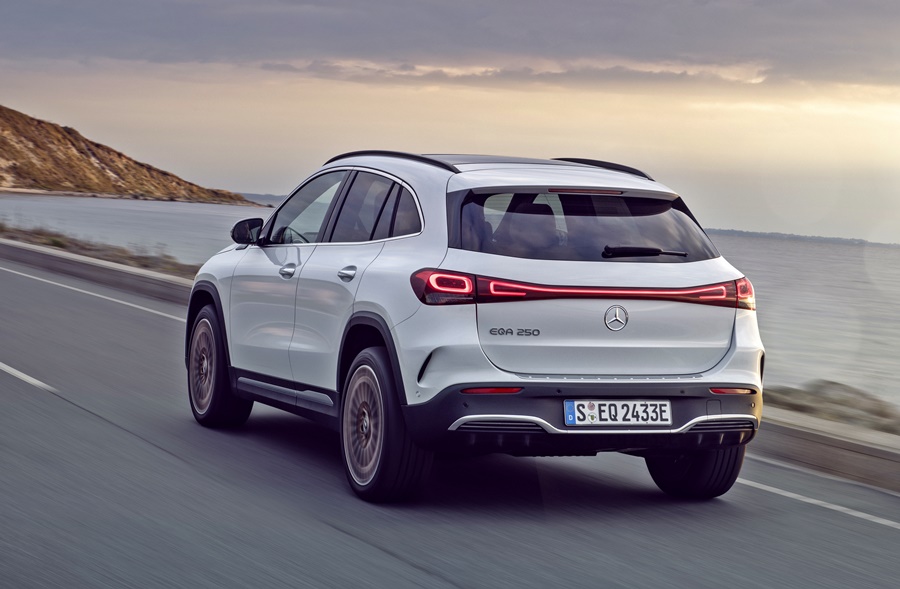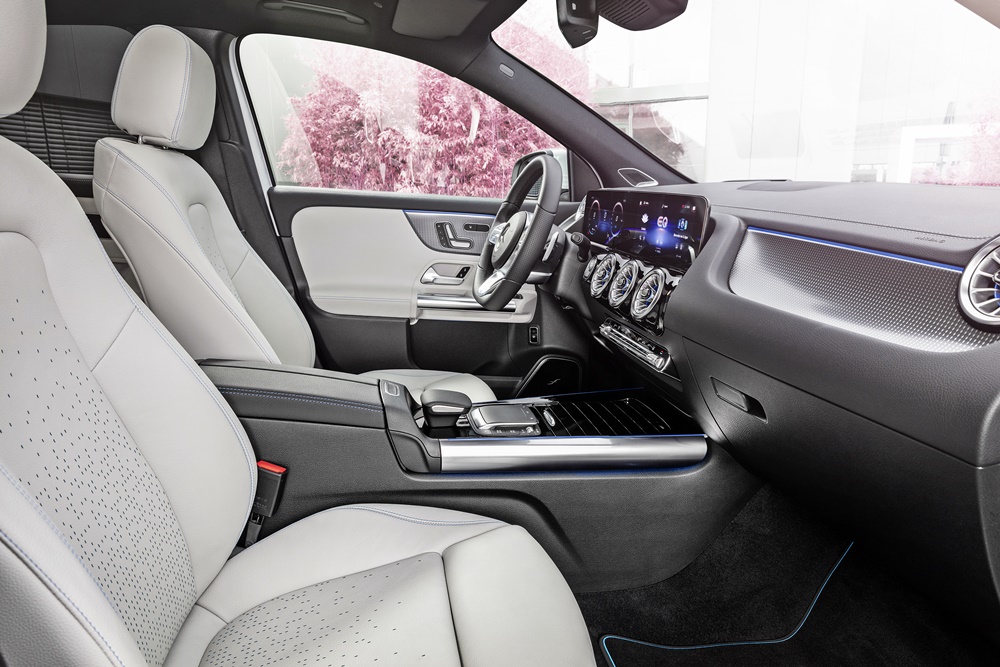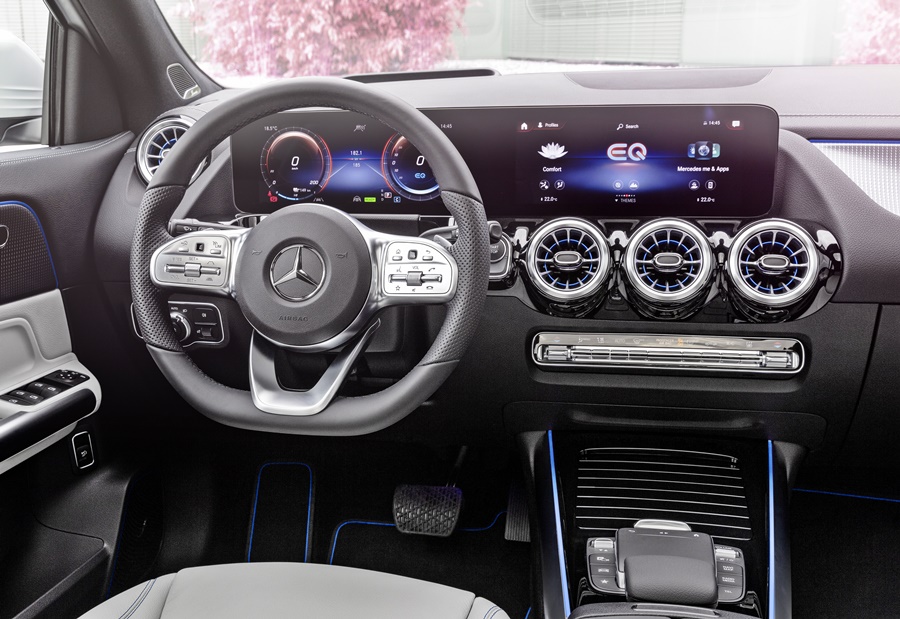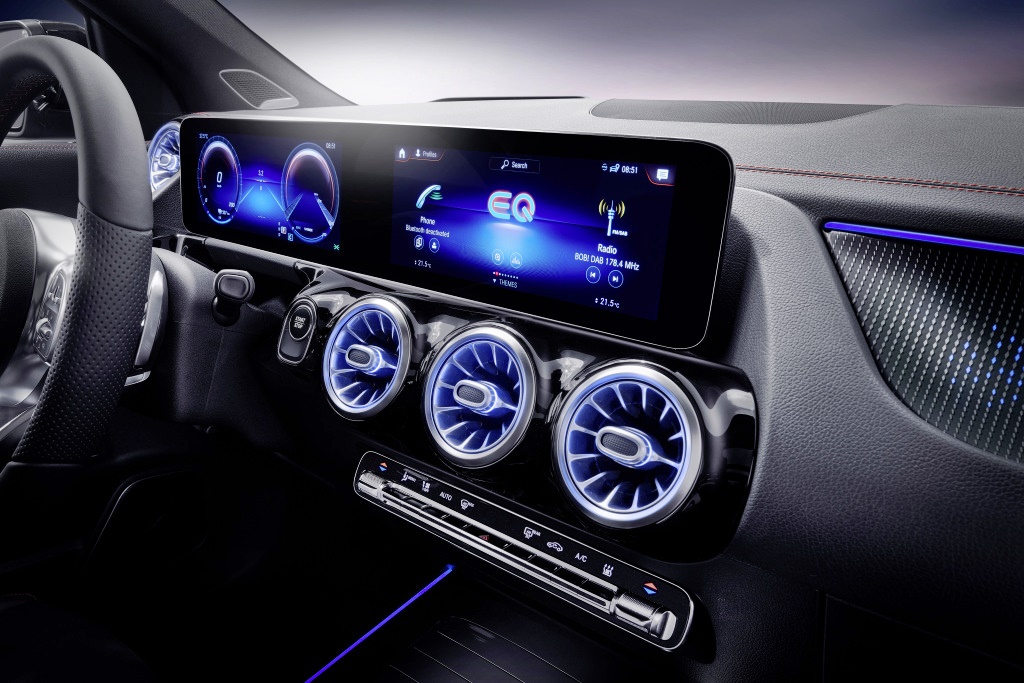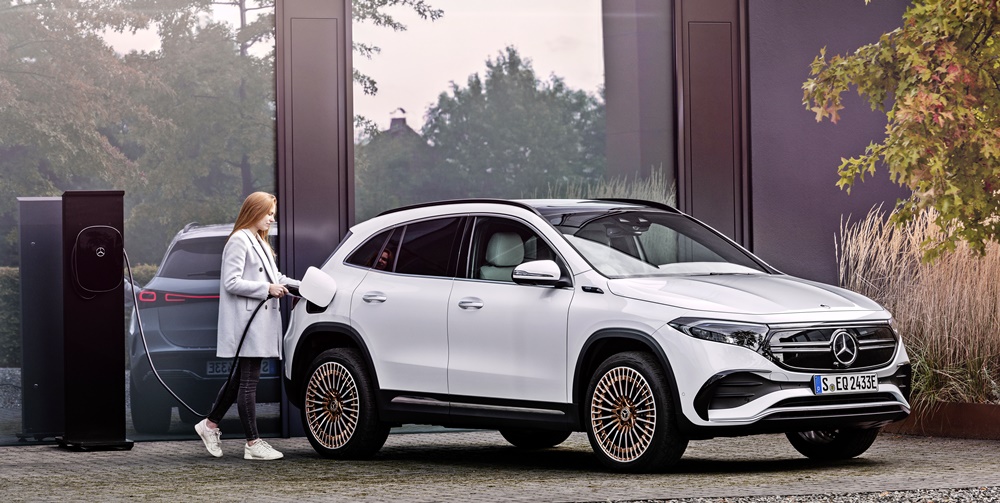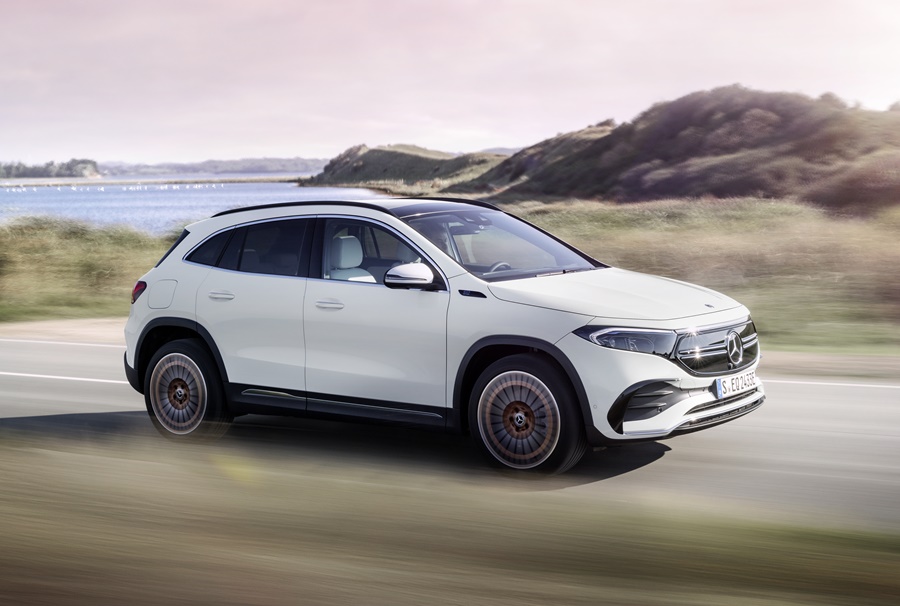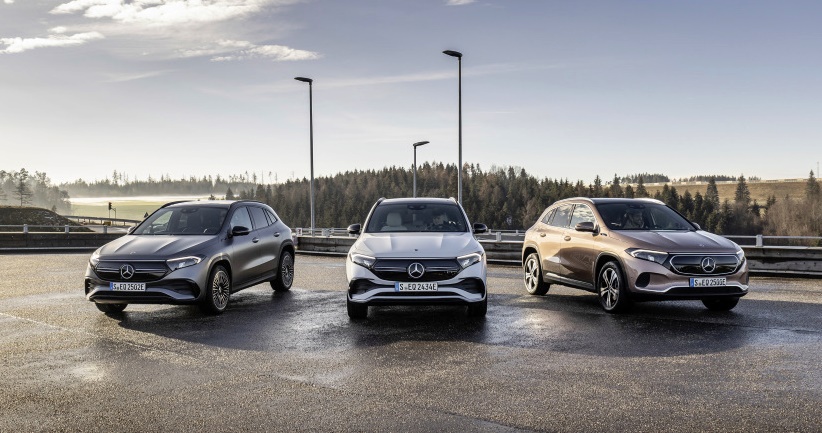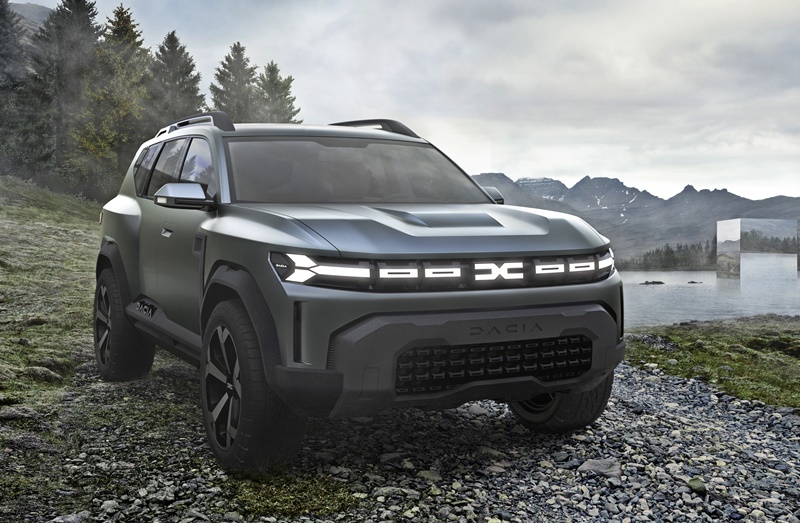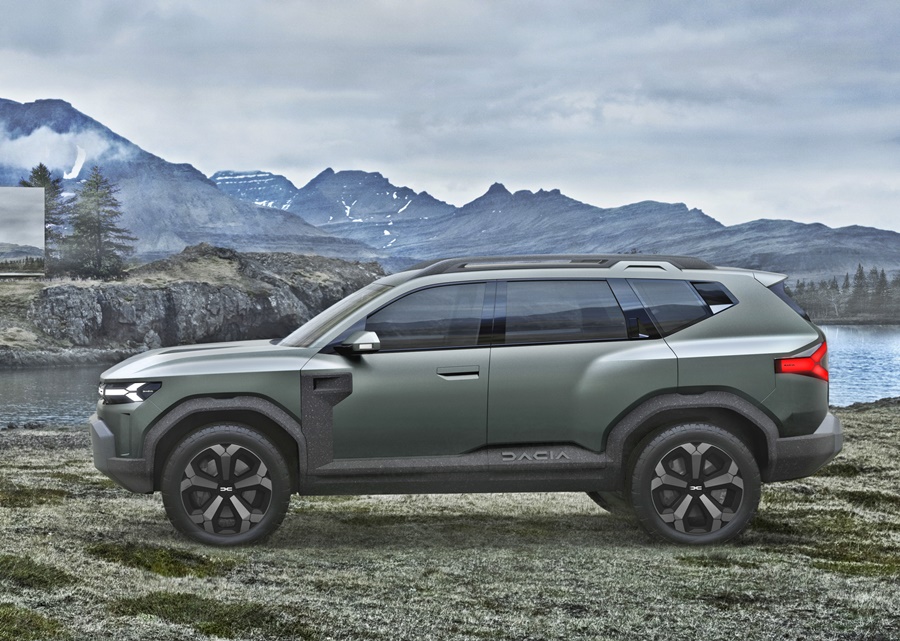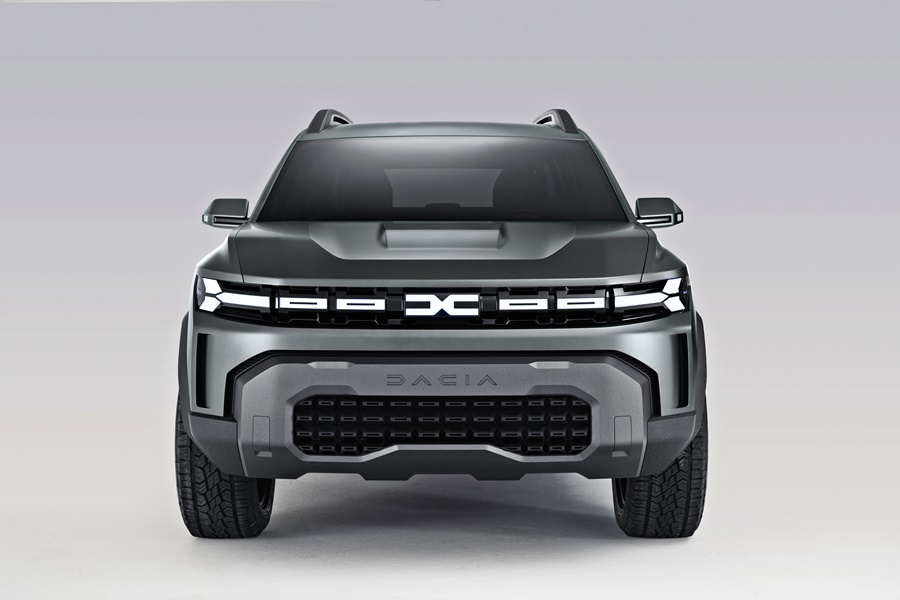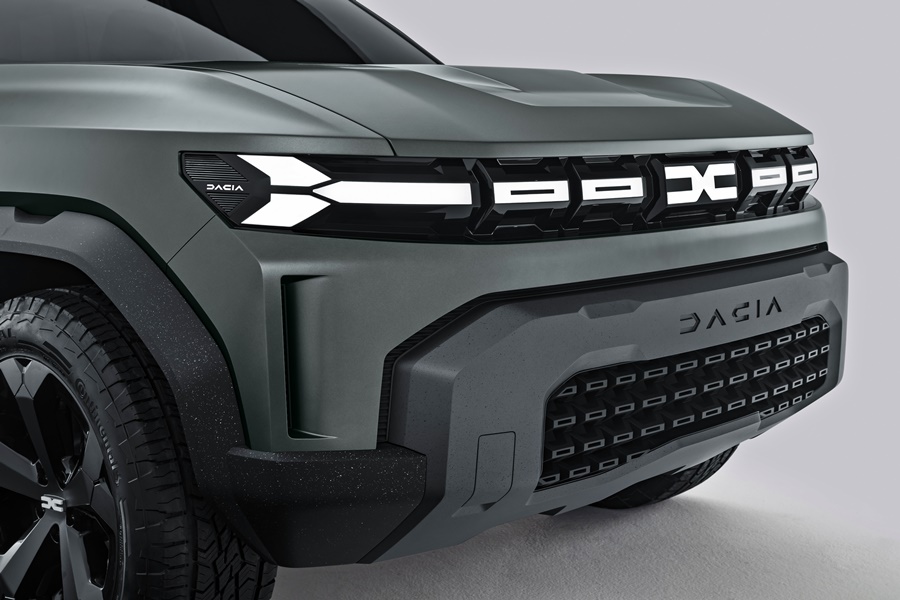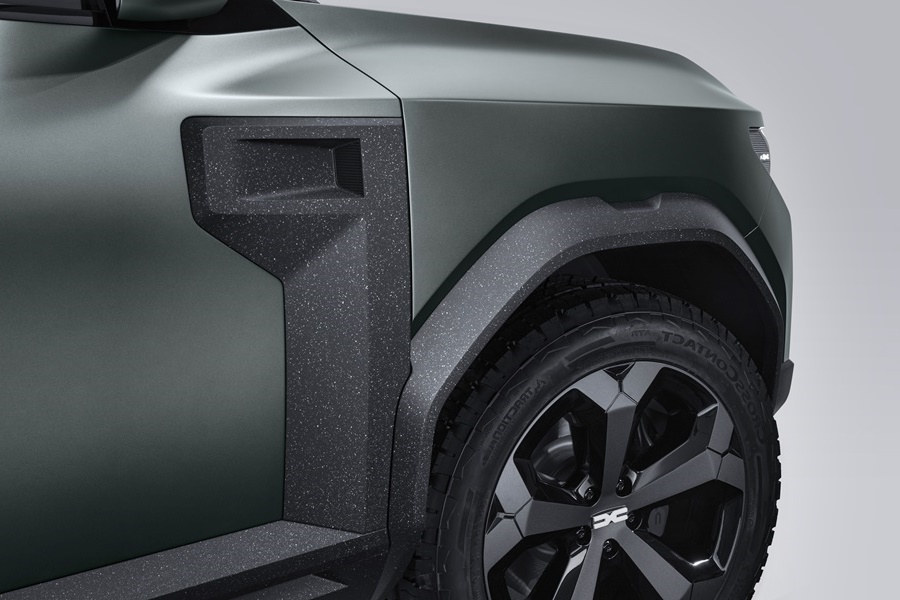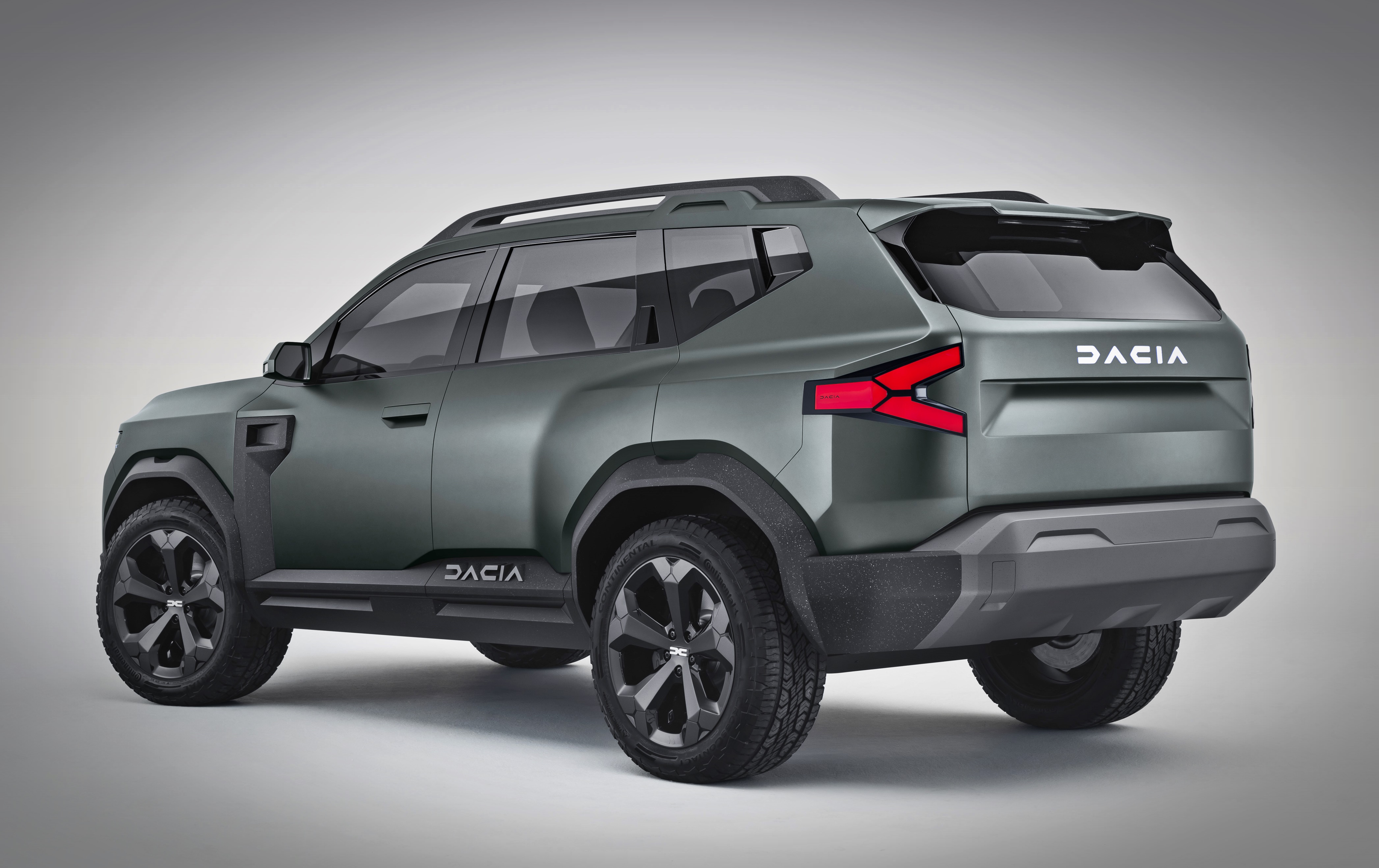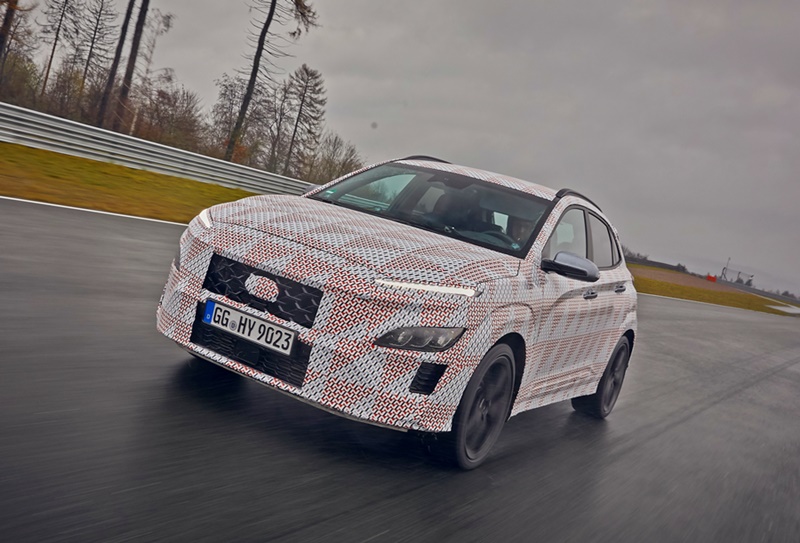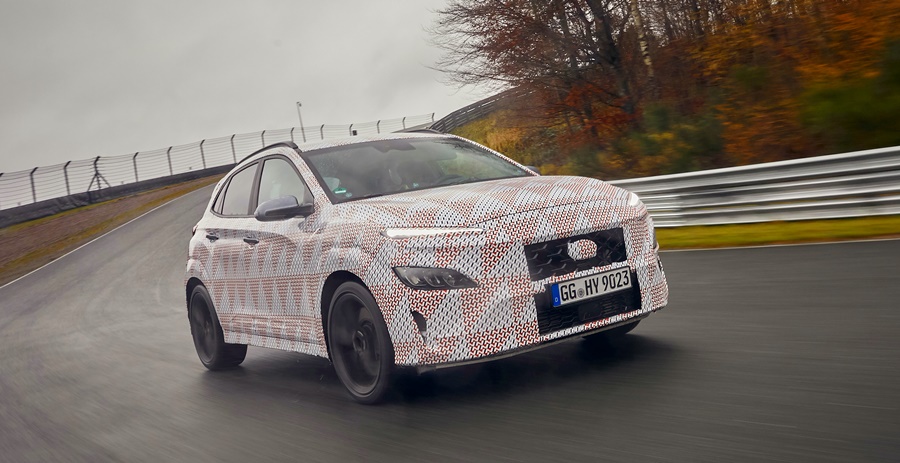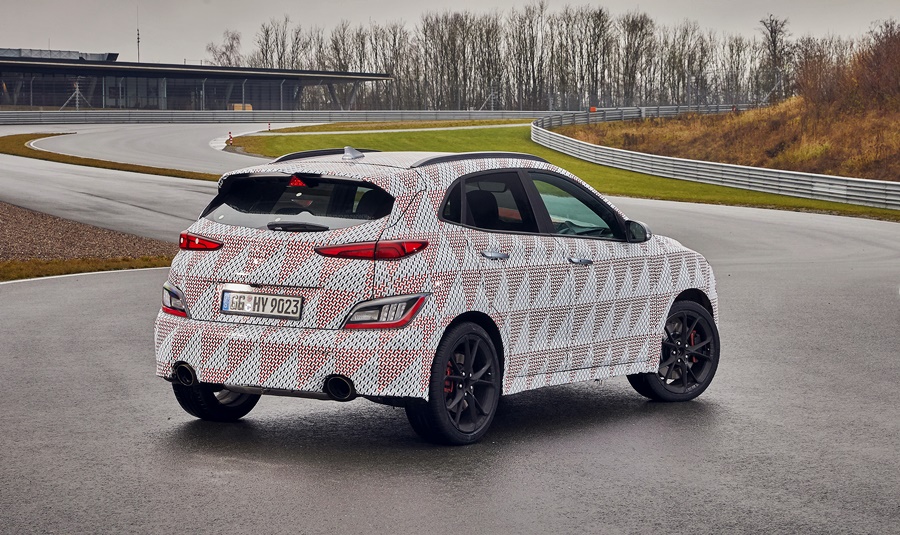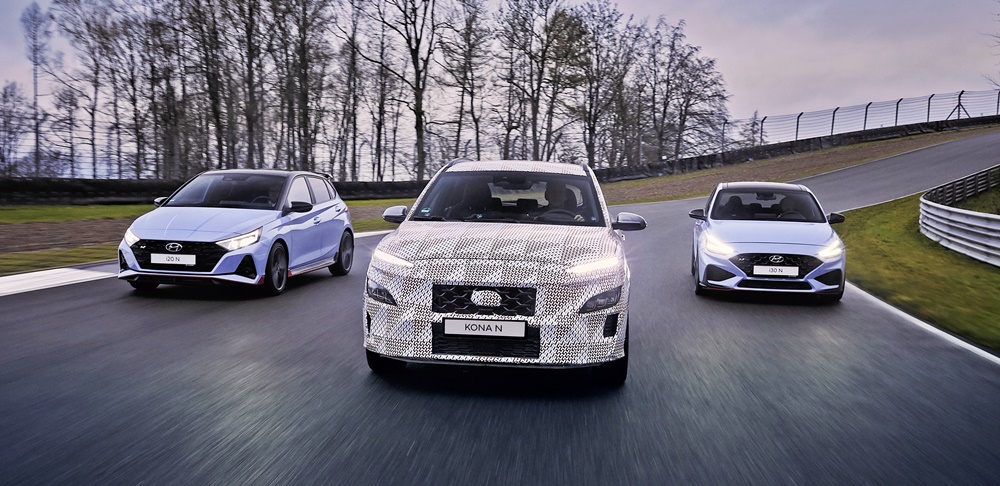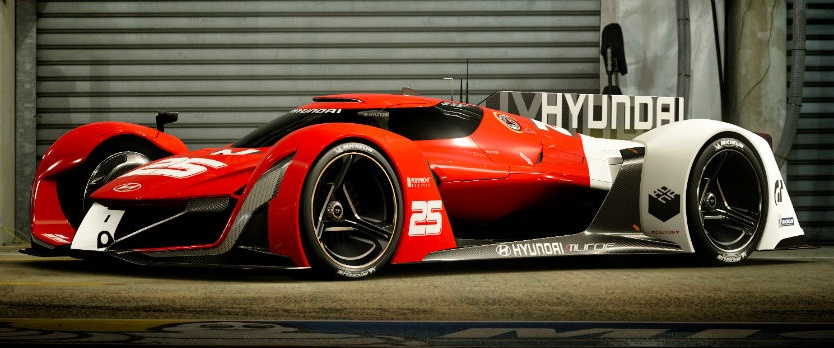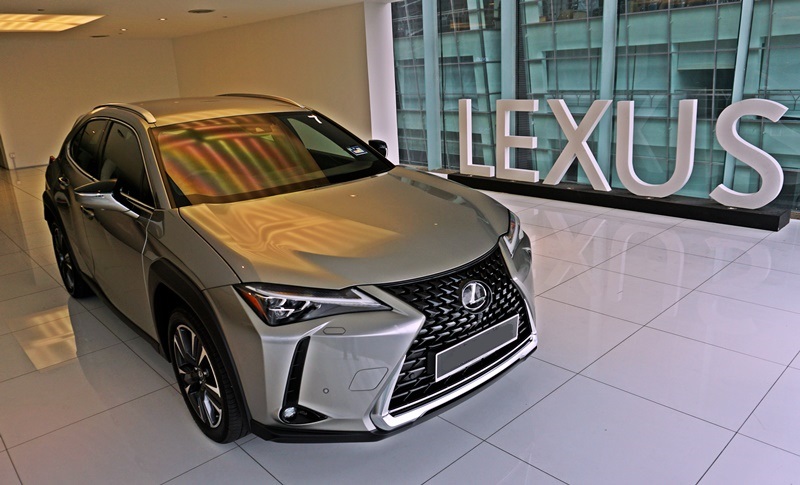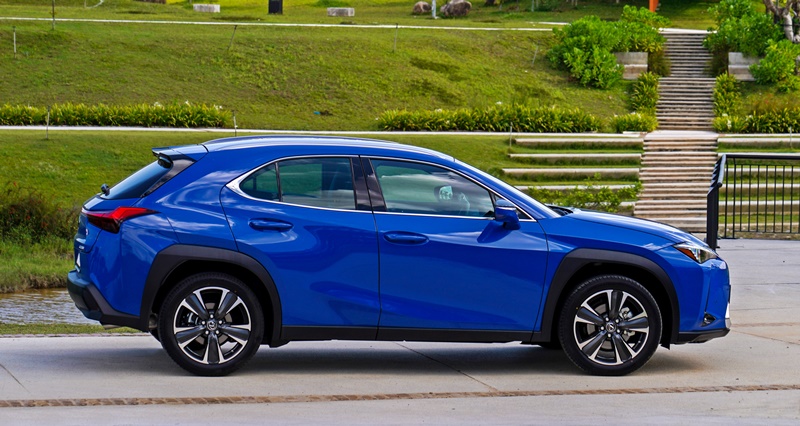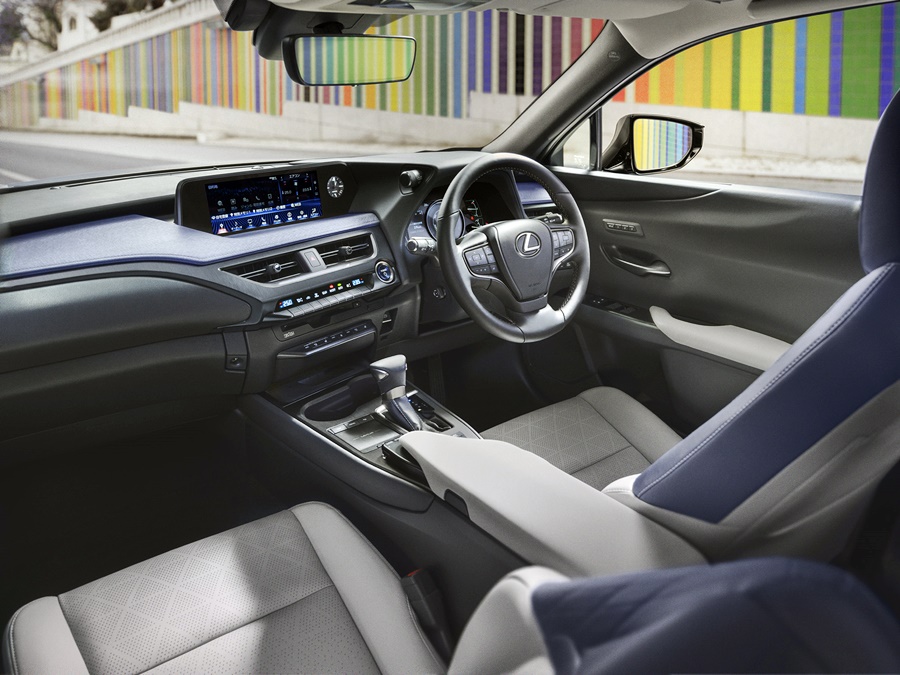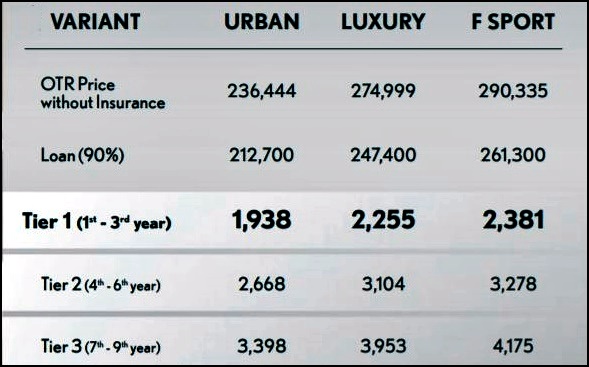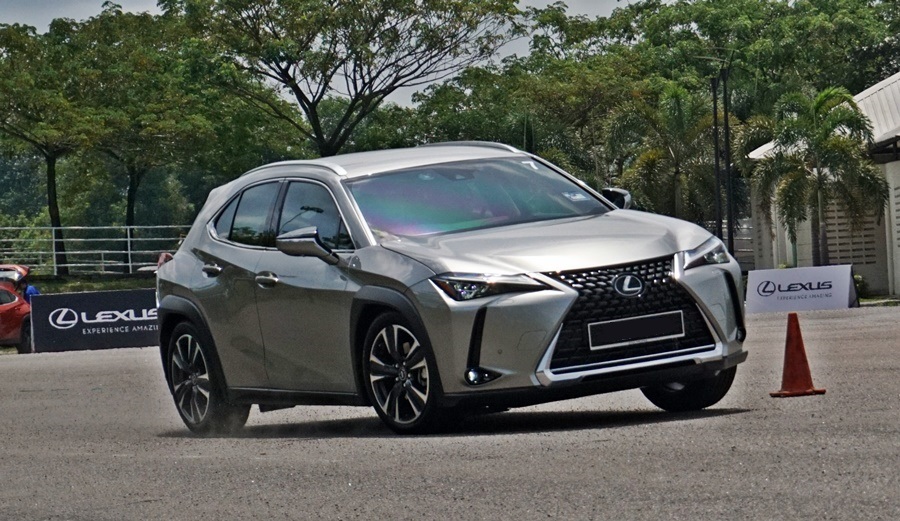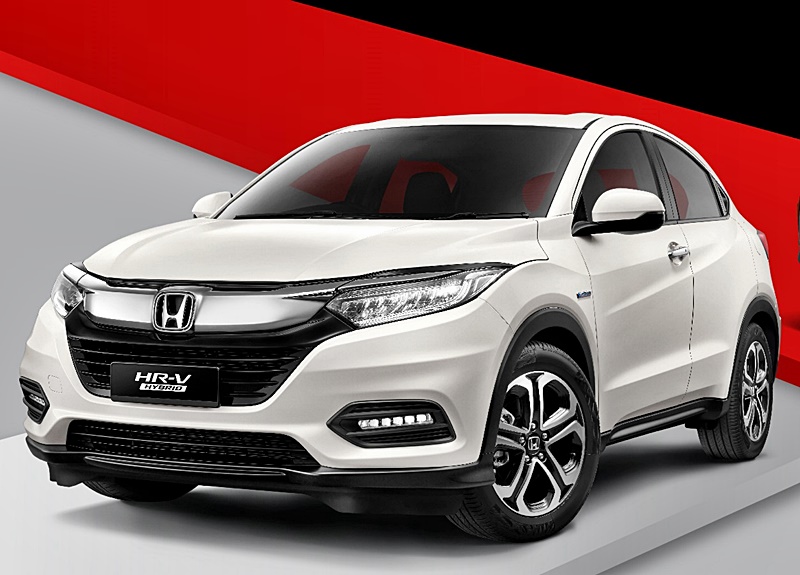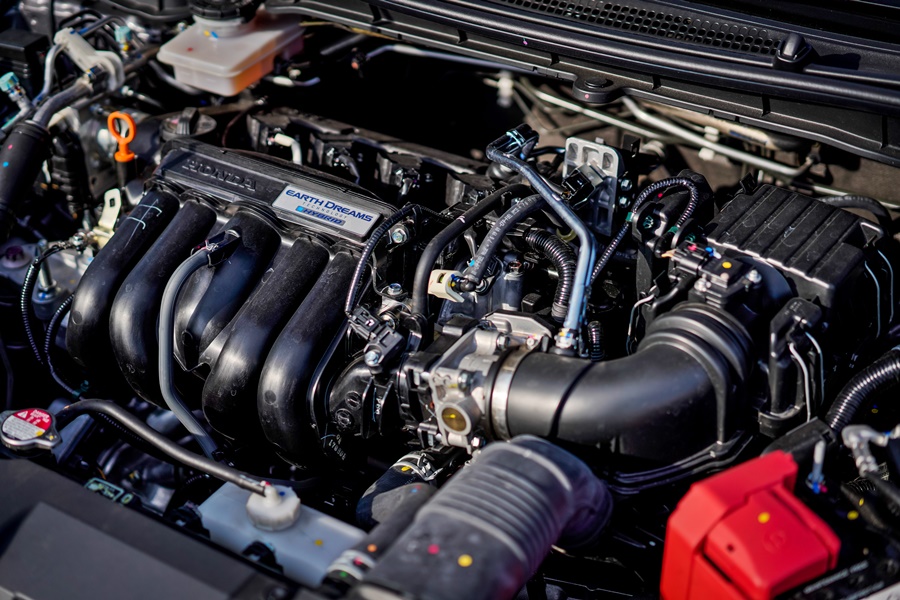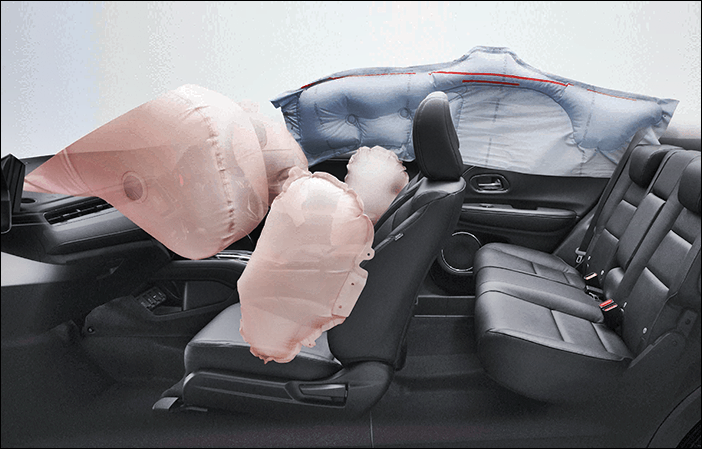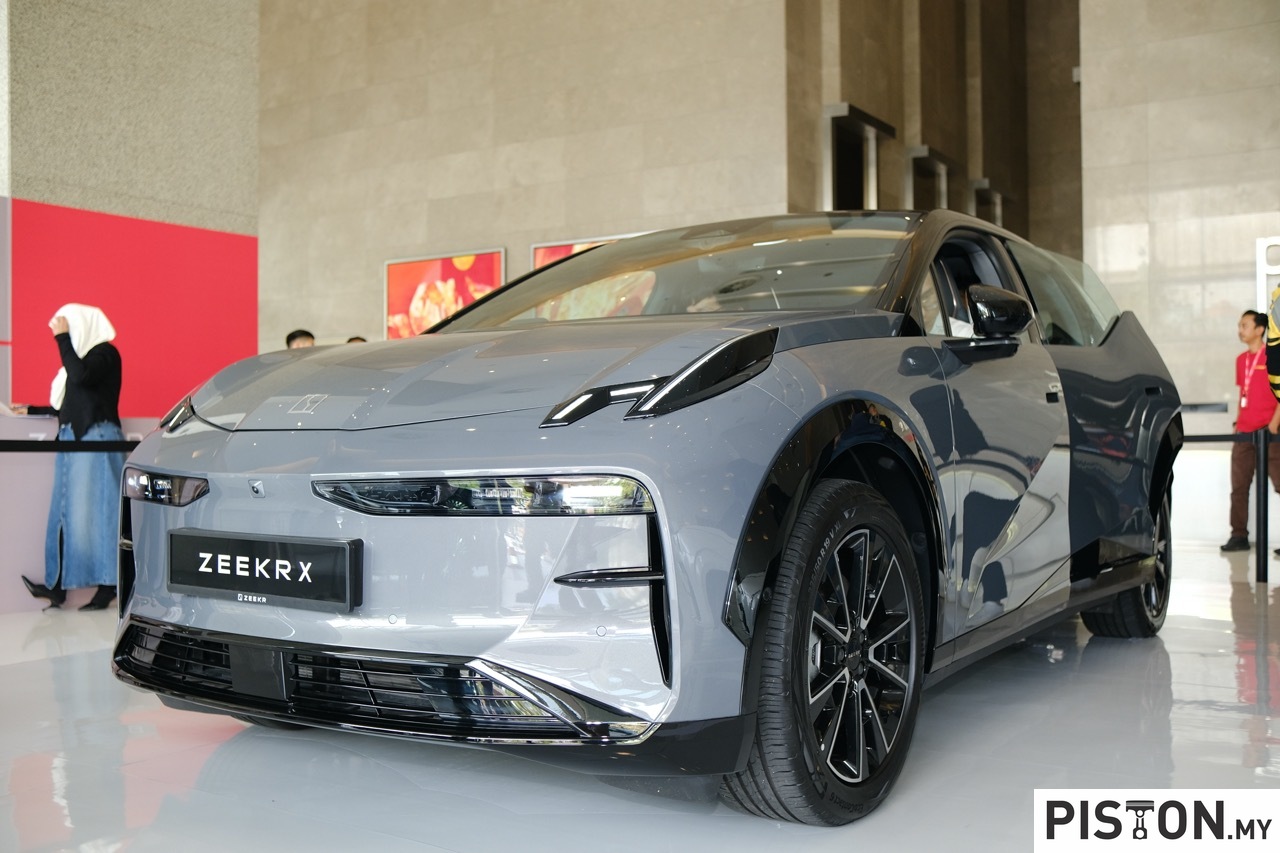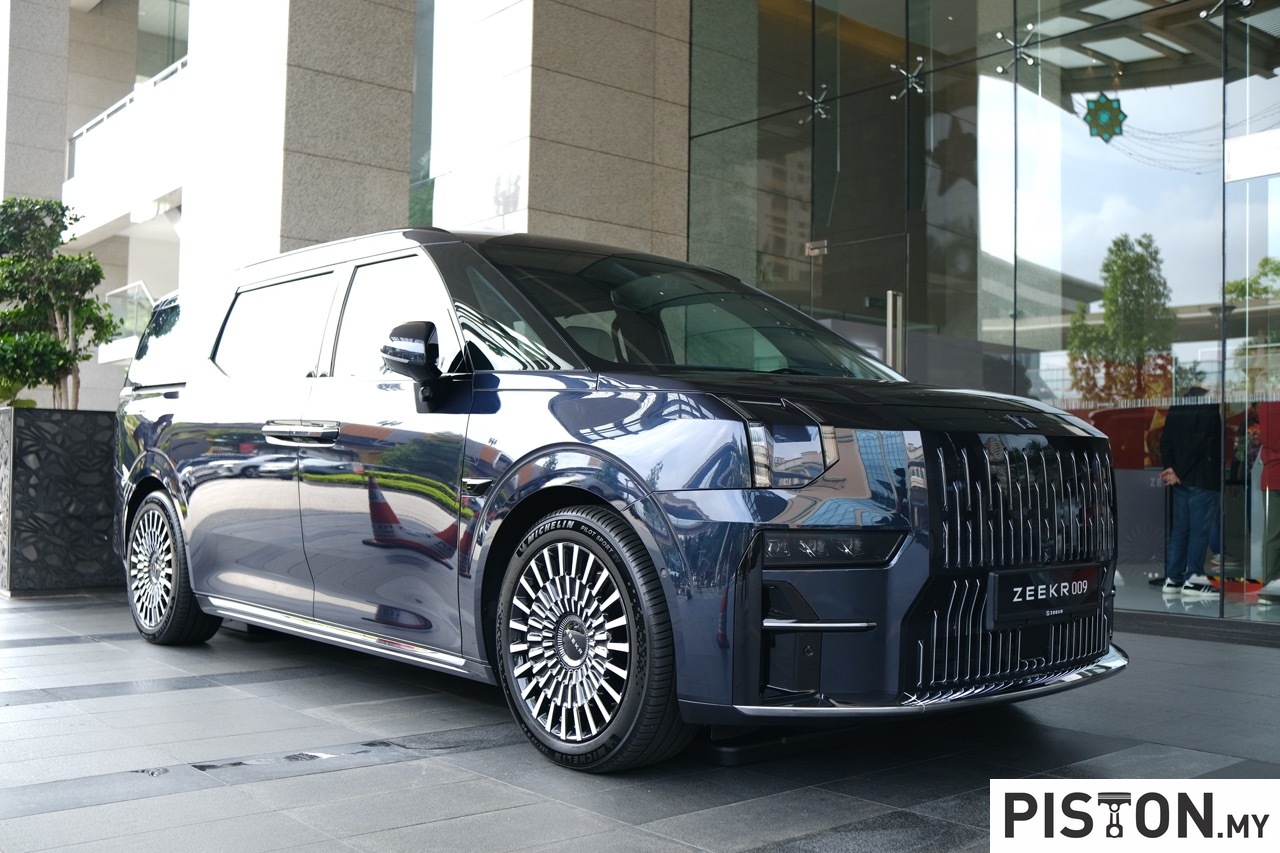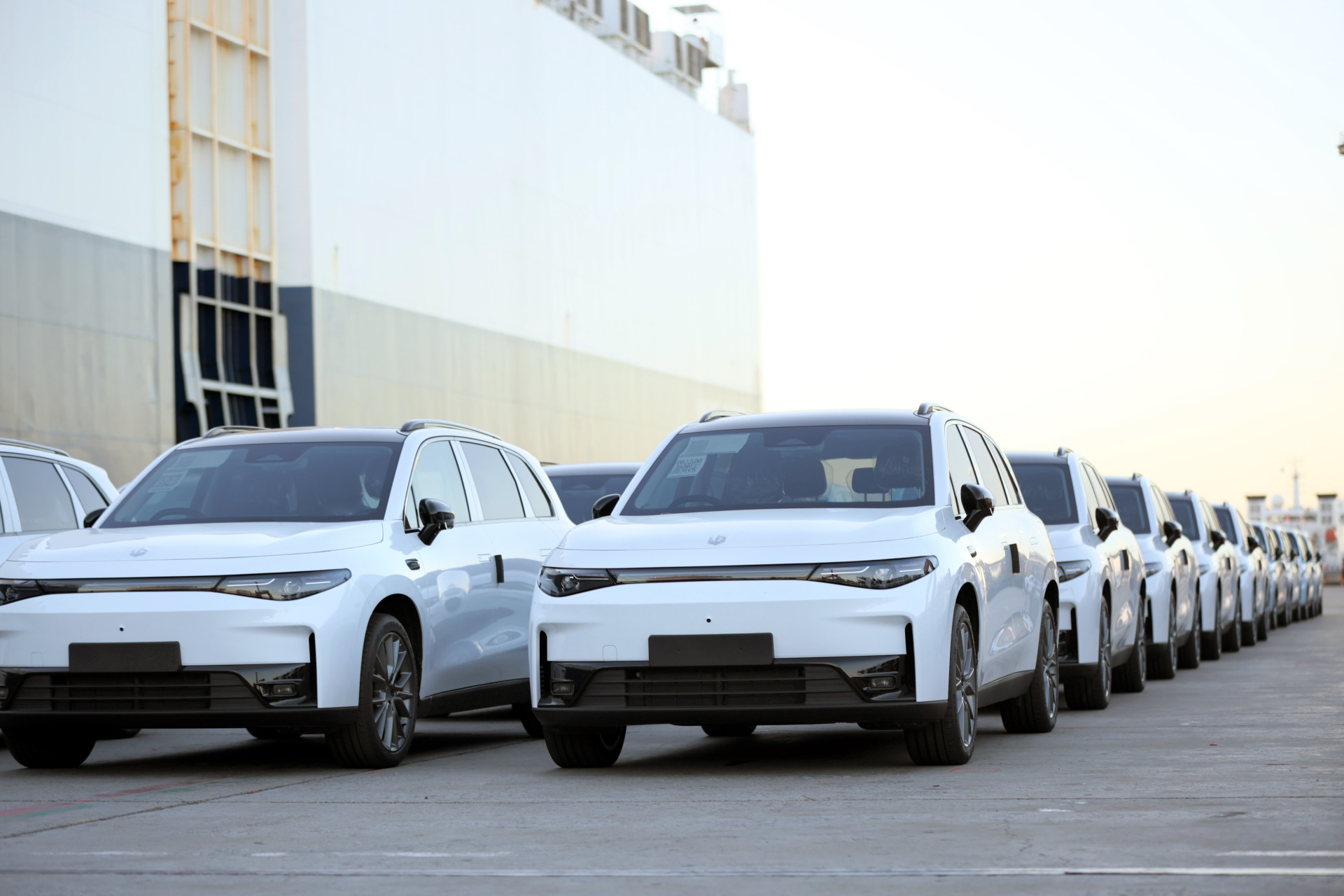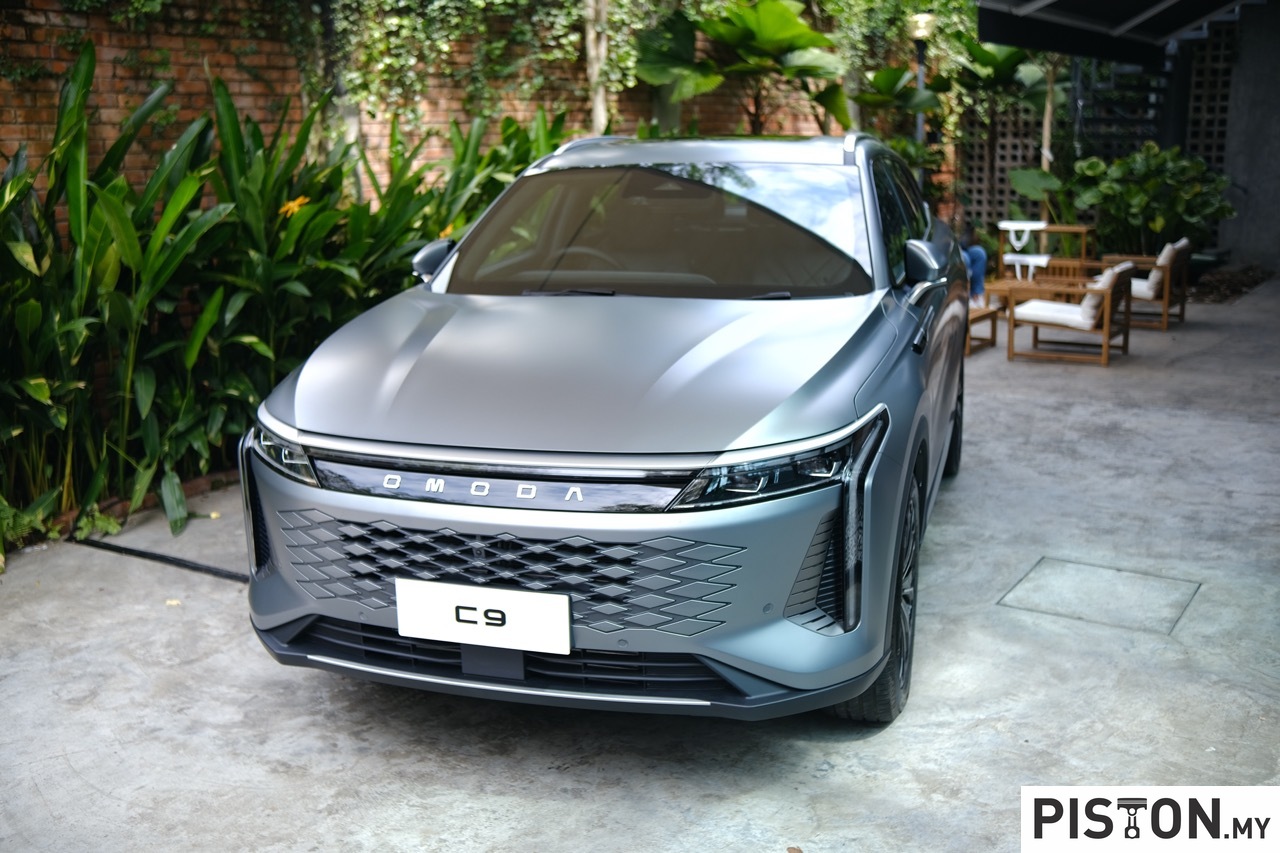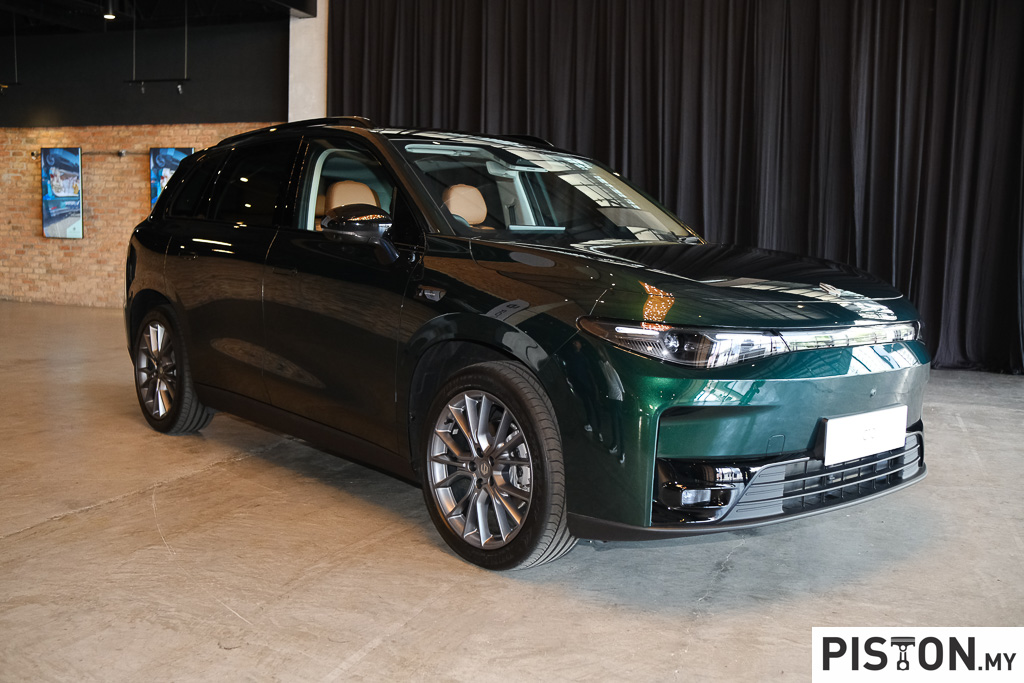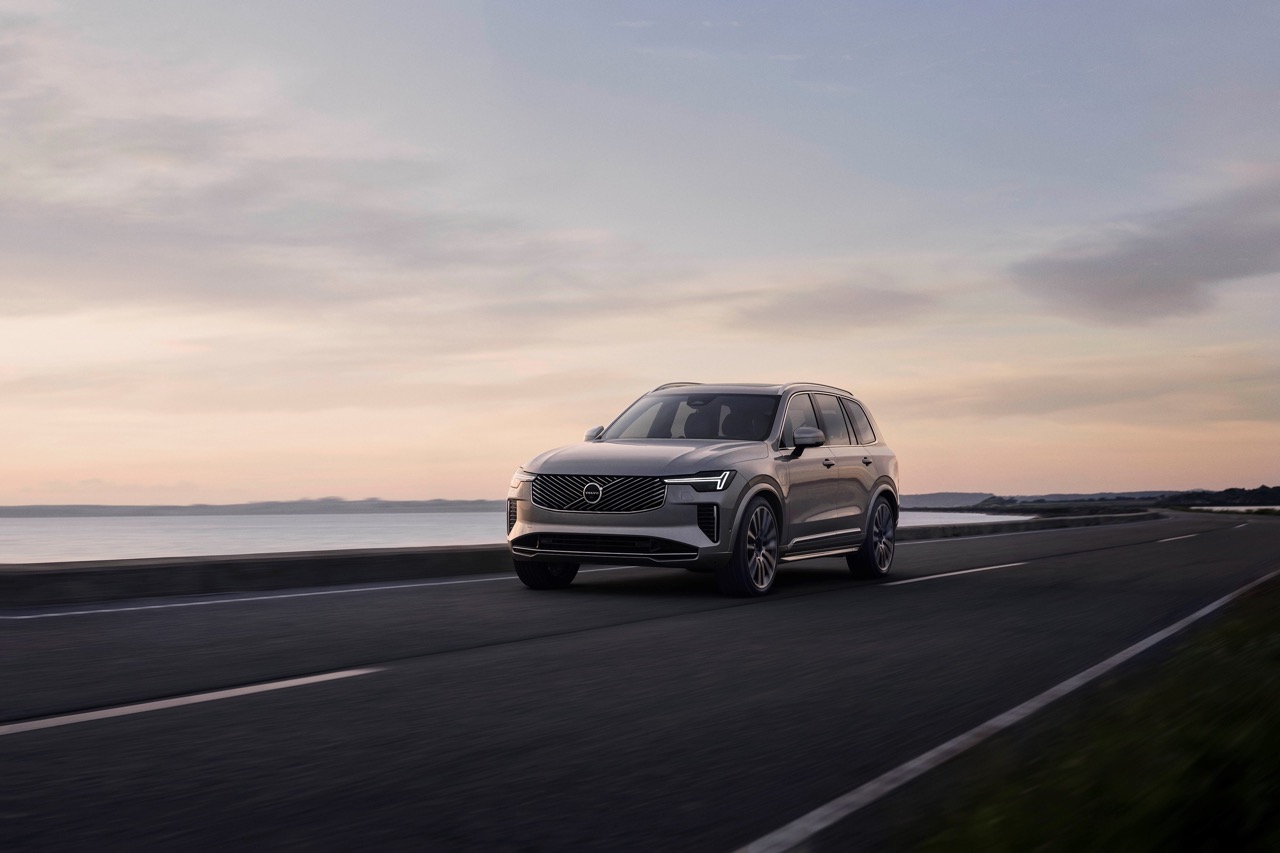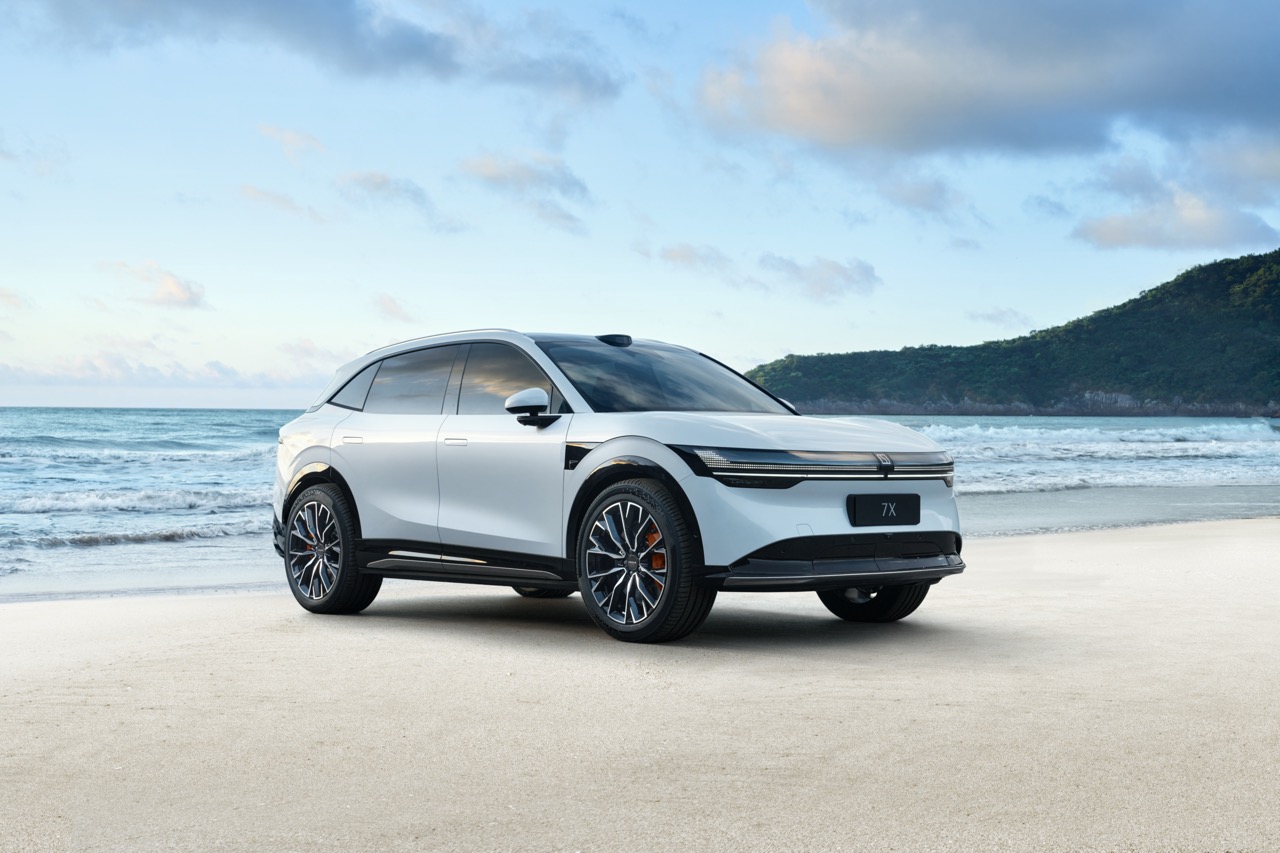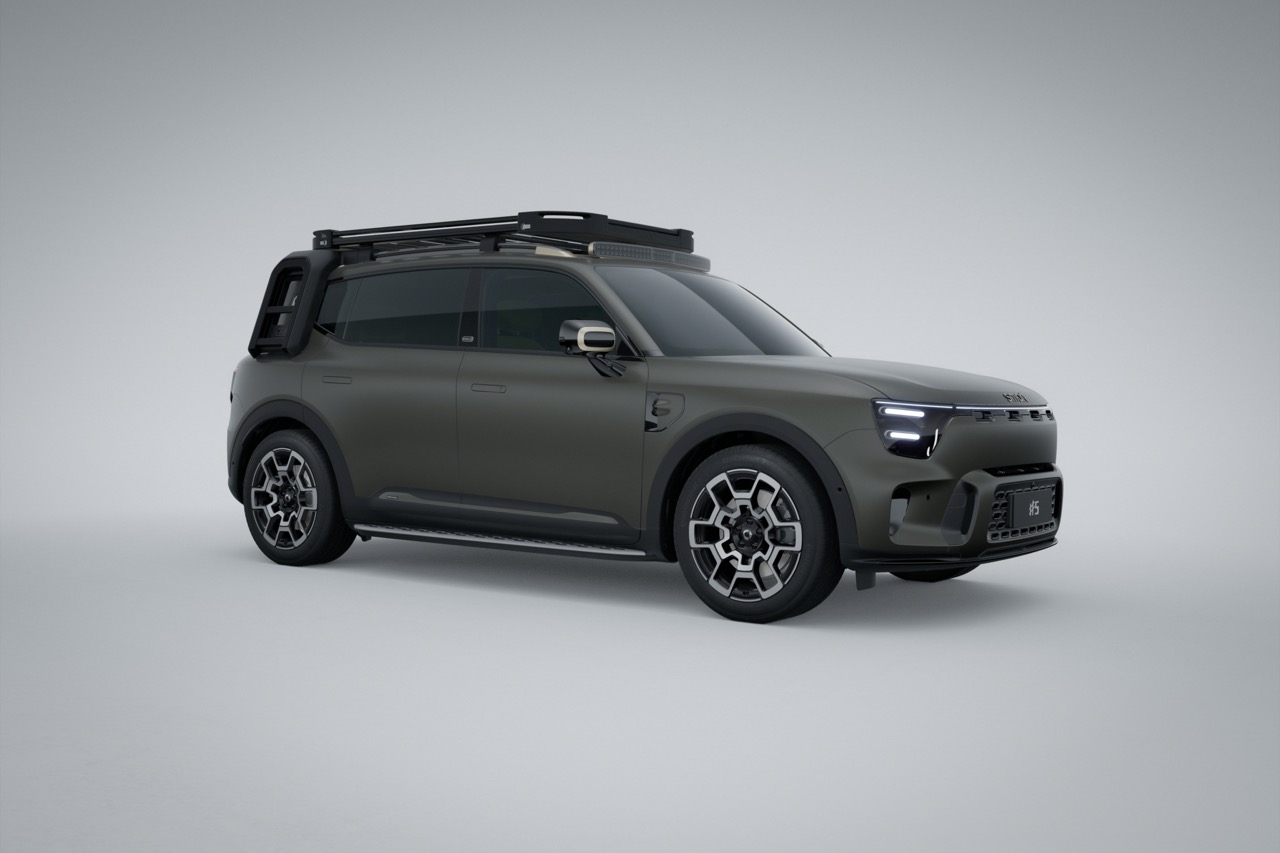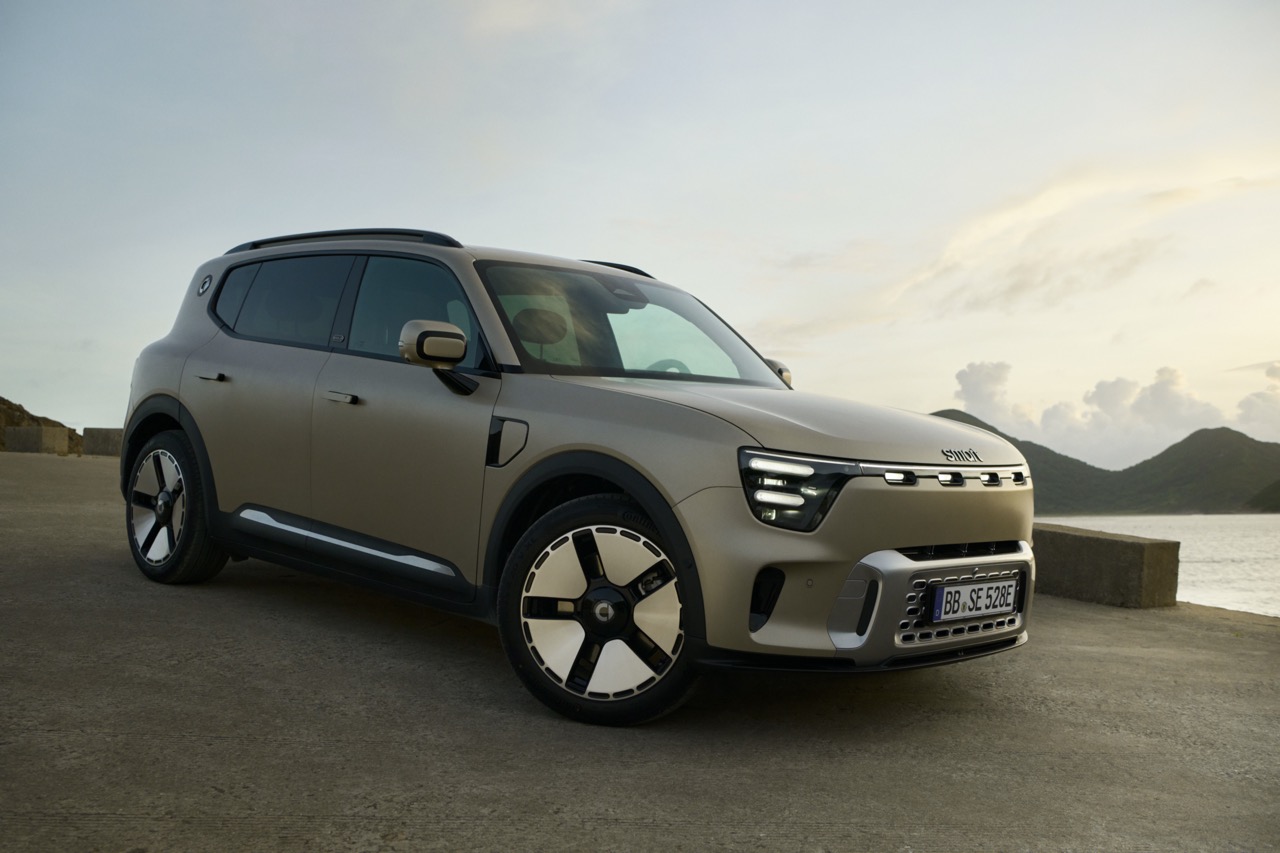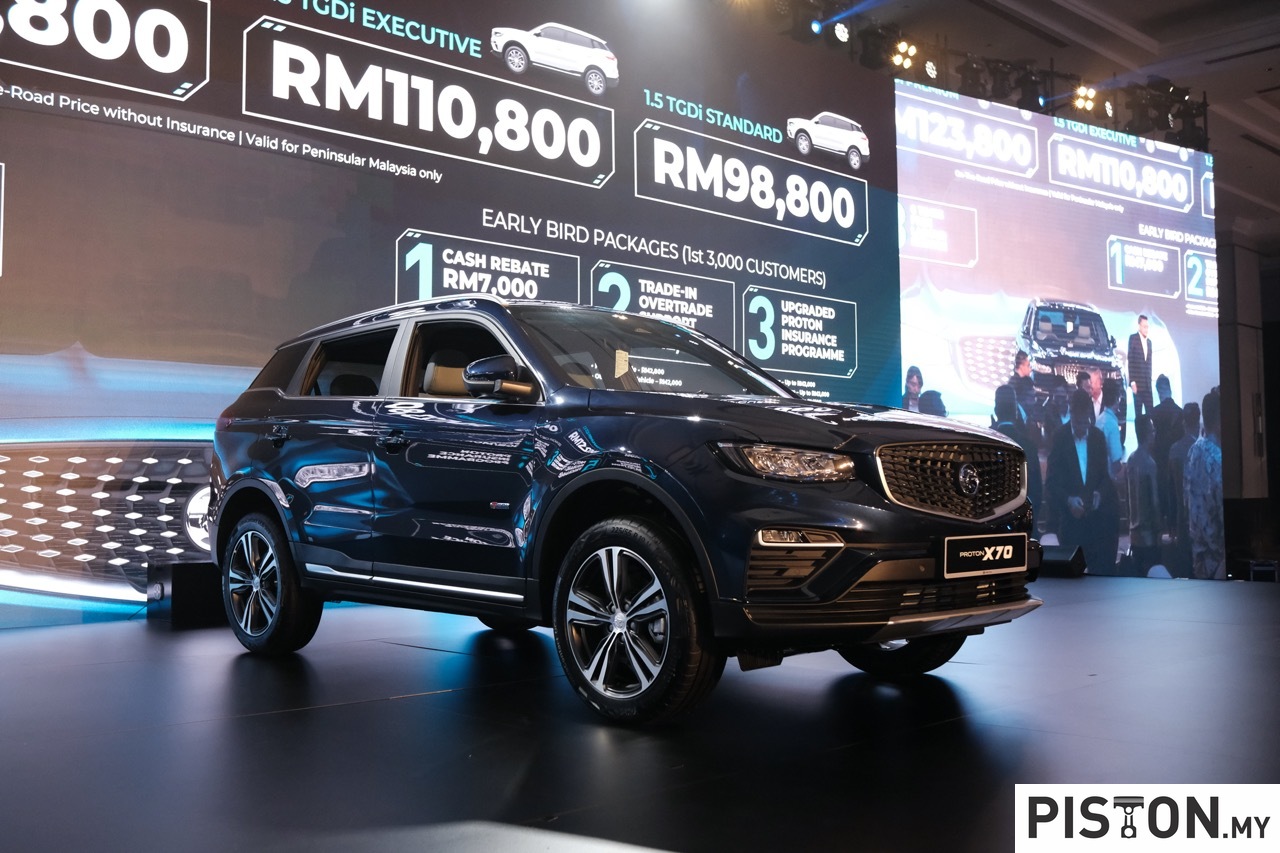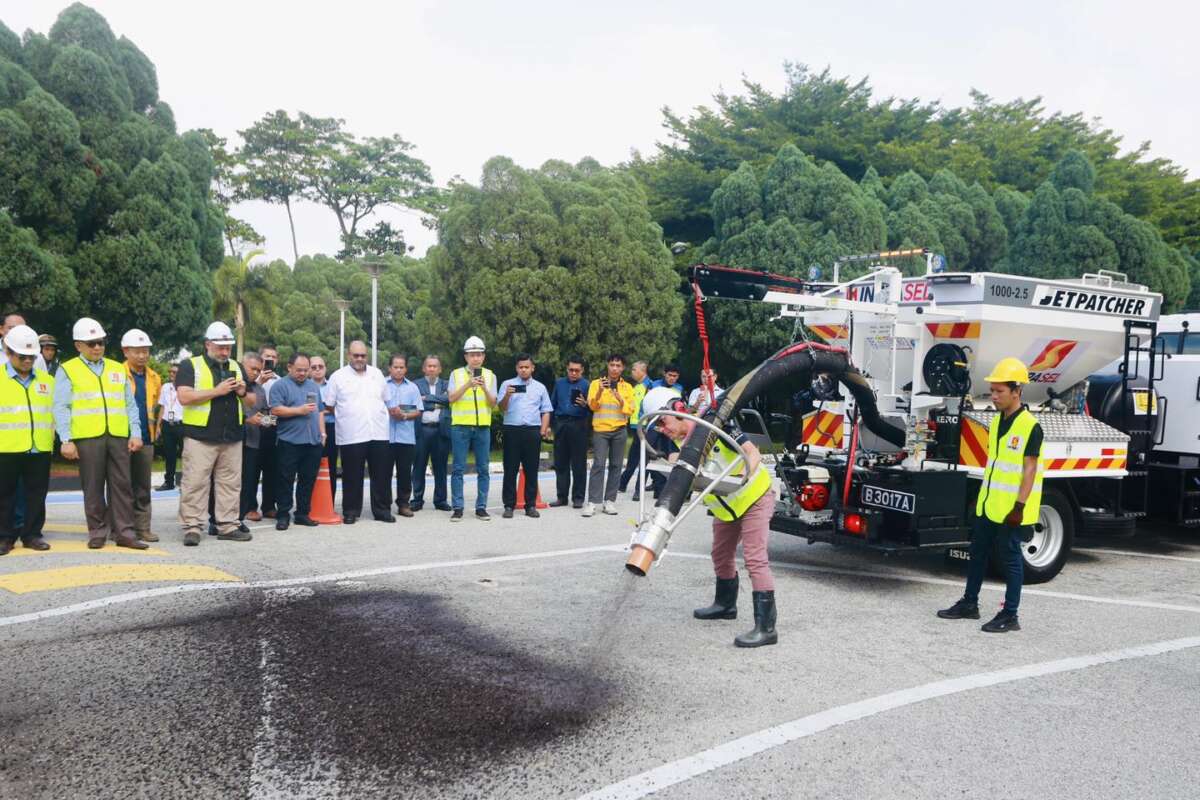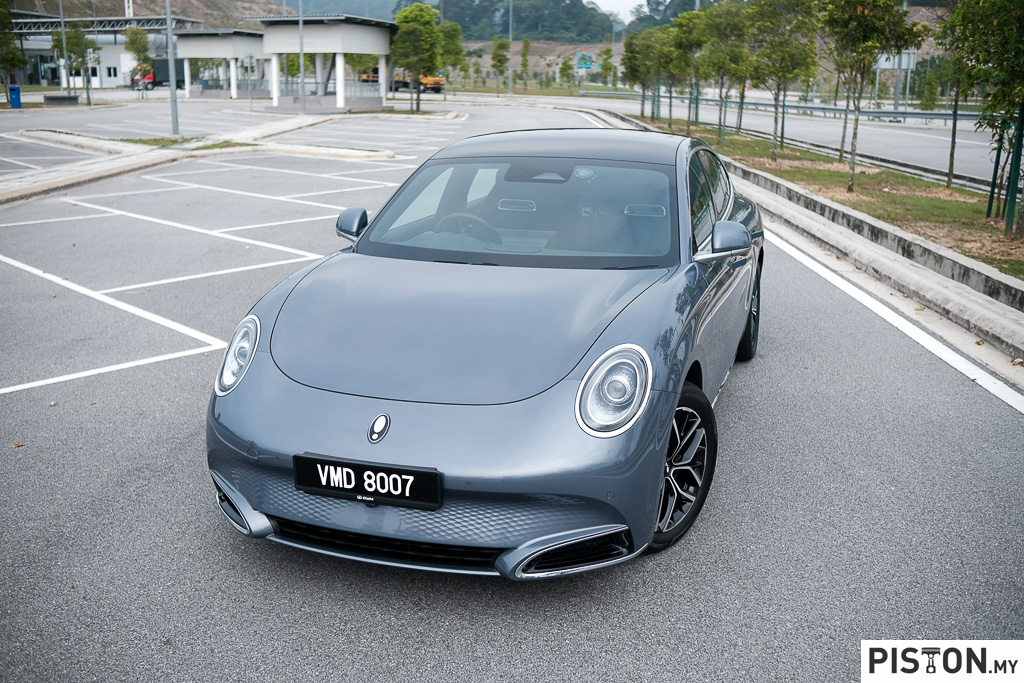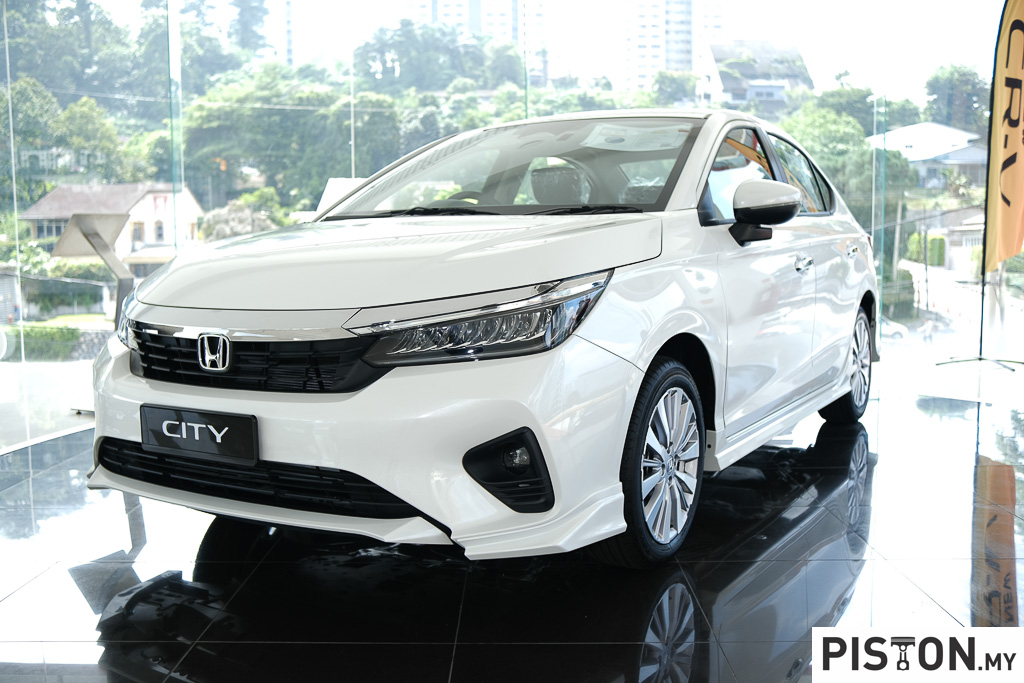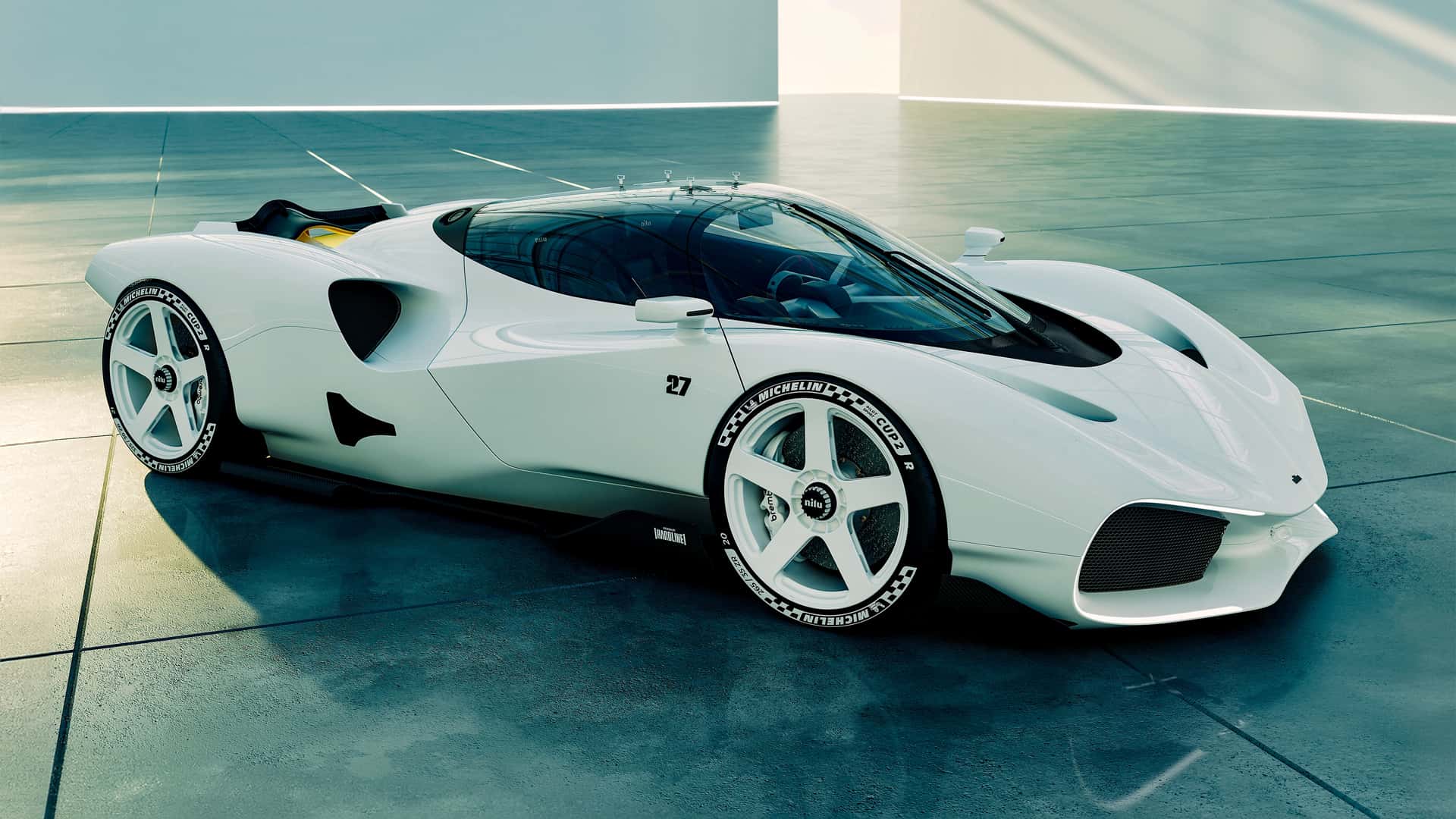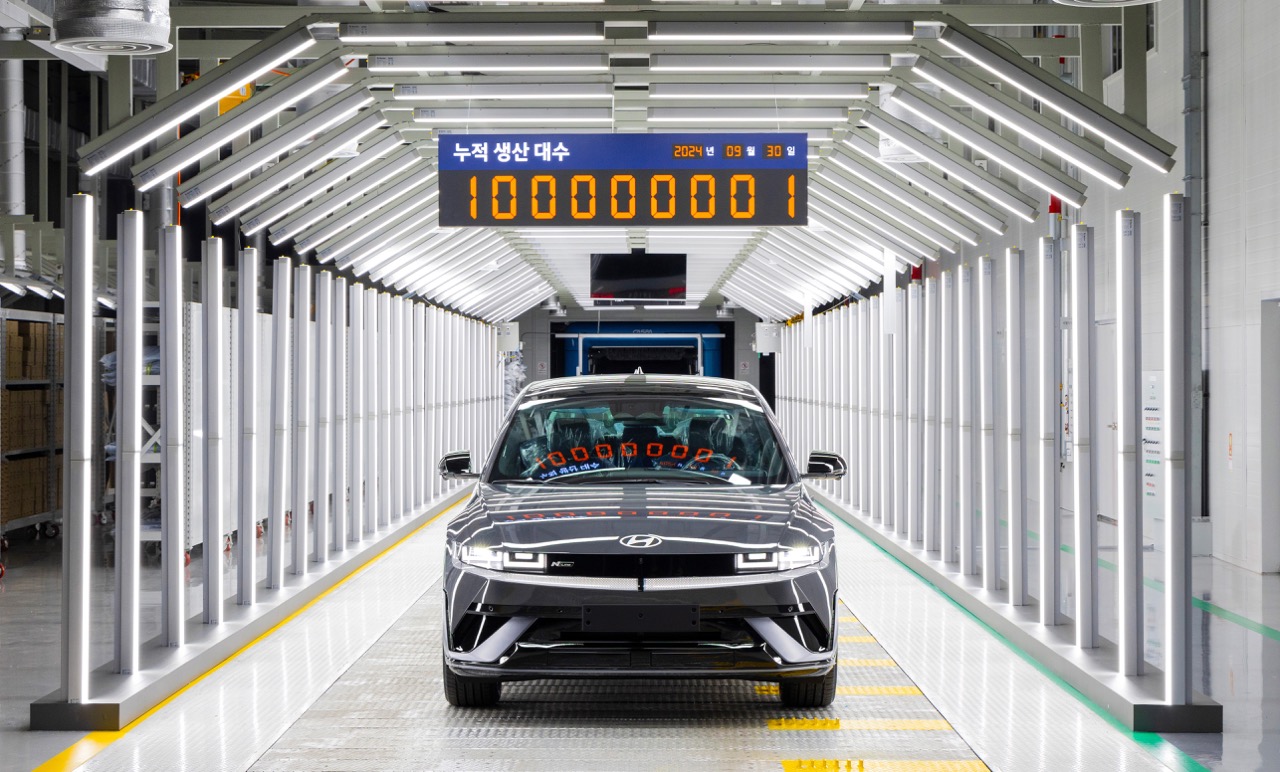18 years ago, Toyota began a massive global project to develop the Innovative International Multi-purpose Vehicle of ‘IMV’ as it was referred to internally. The IMV project was not just about new models but more importantly, about moving production of those vehicles entirely outside Japan. It was believed to be the second most expensive project in the company’s history, after the Lexus project.
The result was the establishment of production hubs in major regions to product three models that shared platforms. They were the Hilux, Innova and Fortuner, rugged products for use on as well as off the highways of the world. While the Hilux was an established model, the Innova and Fortuner were new, targeting the MPV and SUV markets, respectively. The Fortuner, in particular, was intended to take over from the Land Cruiser which had become more sophisticated and more expensive. All three models were launched during 2004/2005 and in countries like Malaysia, they were also assembled locally.
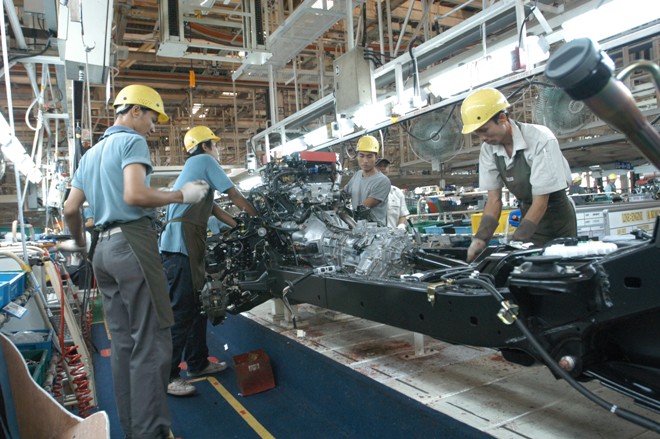
The IMV project was a success, allowing Toyota to produce more vehicles outside Japan where labour cost structures were different, and more specific products could be developed for emerging markets.
While the longer history of the Hilux means it is already in its eighth generation now, the Innova and Fortuner are in just their second generation and with the first generation having been produced for around 10 years, it is now about halfway through the product cycle (if Toyota maintains the same length of time for the models).
This is when the facelift and updates are made and UMW Toyota Motor has launched both the 2021 models with updates today. The Fortuner is available in two variants with turbodiesel and petrol engines and all three have automatic transmissions. The Innova is available in three variants, all with a 2-litre petrol engine and automatic transmission only. As with most of the models offered by UMW Toyota Motor, the new Innova and Fortuner come with a 5-year/unlimited mileage warranty.
2021 TOYOTA FORTUNER
New to the Fortuner range is the Fortuner 2.8 VRZ 4×4 A/T which replaces the Fortuner 2.4 VRZ offered previously. It is powered by a 2.8-litre 4-cylinder common-rail diesel engine (1GD-FTV) which produces 204 ps/500 Nm. A balance shaft reduces vibrations and lowers noise levels while high efficiency is achieved with the electronically-controlled common rail injection system that can deliver fuel at a maximum pressure of up to 250 MPa.
The 6-speed electronic automatic transmission delivers power through a part-time 4×4 drivetrain to all 4 wheels. Like the traditional SUVs, there are High and Low ranges for more capability off-road. The ranges can be easily selected with a rotary knob, unlike the old days when a second lever had to be operated and the vehicle had also to be stopped.
For stability enhancement, the drivetrain has Active Traction Control (A-TRC). New for 2021 is an Auto Limited Slip Differential (LSD). This is very useful in the most difficult conditions and uses the traction control system to control braking when one of the rear wheels start to spin. It allows engine power to be maintained and power is directed to the wheel with better traction.
The Fortuner also comes with Variable Flow Control (VFC) Power Steering, which helps to improve fuel economy by reducing the power steering pump consumption torque. Toyota’s engineers have enhanced the steering feeling to achieve natural handling that matches the speed. For the Fortuner 2.8 VRZ, there is also a SPORT mode which enhances the power steering for responsiveness.
Giving the Fortuner 2.8 VRZ additional distinctiveness, the roof, A-pillars, wing mirrors and roof-mounted rear spoiler are finished in black. It comes with Quad LED headlamps that flank a mesh-type front grille. The other lighting units have also been restyled while the front and rear bumpers have a new design. The skidplate below the front end is also new, emphasizing ruggedness.
A new body colour – Bronze Mica Metallic – with a Black Roof is available exclusively for this new variant which is the flagship of the range. The Black Roof is also available with the Super White II exterior colour only for this variant.
The Fortuner is a midsize SUV (large to some) and has 3 rows of seats. This generation has been made more premium in look and feel and for 2021, the interior trim has a new design and colour while the seat upholstery also has a new design.
The instrument panel features a revised Multi Information Display (MID) opening animation. Ambient illumination is provided to add a touch of class at night, while the key cover has been redesigned. Convenience and comfort features include LED Interior Lamps, Electrochromic Rearview Mirror (to eliminate dazzle) and 8-way power adjustment for the front seats. USB charging ports are also available for powering or recharging personal electronic devices.
At the time of purchase, customers can also include options such as Wireless Charger (new), Kick Sensor-Powered Rear Door (new), Roof-mounted Monitor and Rear Digital Video Recorder.
In line with Toyota’s efforts to reduce road accidents, the latest model comes with Toyota Safety Sense (TSS). This is an integrated suite of active safety systems which make use of a camera and radar to monitor and detect other vehicles, and to take appropriate action to prevent an accident.
TSS, though available in many Toyota models today, has different elements and for the Fortuner, it comes with Pre collision System (PCS), Lane Departure Alert (LDA) and Dynamic Radar Cruise Control (DRCC) and Yaw Assist Function. Unlike the TSS in passenger vehicles, the system in the Fortuner (as well as Hilux) has a Yaw Assist Function. This activates when lane departure is detected, and additional braking force applied to the inner wheels to direct the vehicle back into the proper lane position. The systems are also calibrated taking into account the usage conditions.
2021 TOYOTA INNOVA
The 2021 Innova range has updated styling and features as well as additional safety systems being made standard. Subtle changes give a more refined and prestigious look for the 2021 model. The grille has a chrome and black theme while the door mirrors have chrome housings for a touch of class. The foglamps and foglamp bezels have also been redesigned and contribute to giving a bolder appearance.
At the rear, the garnish on the back door has been restyled to visually widen the vehicle, while the roof spoiler (only for the Innova 2.0X) has been slightly reprofiled for aerodynamic improvements.
An Enhancement Package is included with the flagship Innova 2.0X. This package has a new design for wheelarch mouldings for protecting the bodywork, new bodyside mouldings and redesigned side skirts that add a sporty touch.
Both the Innova 2.0X and Innova 2.0G come with Optitron meters (originally developed for Lexus models) in the instrument panel which provide bright and clear displays in all lighting conditions. Between the meters is a 4.2-inch full colour Multi Information Display (MID) that keeps the driver informed of fuel consumption and range available with the remaining fuel in the tank.
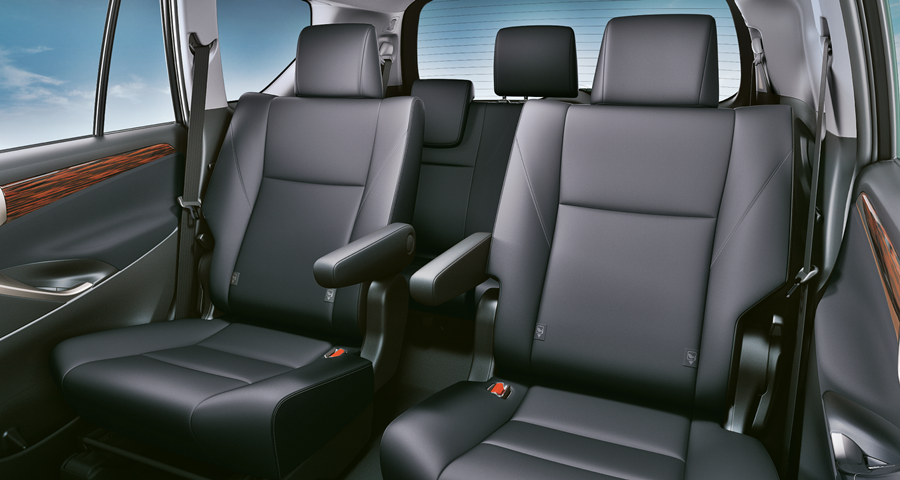
Responding to customer feedback, extra charging ports have been added. The front 2 USB ports have been repositioned in the dashboard from the centre console and additional USB ports has been provided for those in the third row of seats. All the ports have Fast Charging capability for compatible smartphones and other portable devices. Additionally, a wireless charging pad in the centre console is also available as an option for all variants.
For 2021, additional features have been added to give the driver greater awareness of the surroundings to improve safety. The first is the Blind Spot Monitor with Rear Cross Traffic Alert, standard for the Innova 2.0X and 2.0G and optional for the Innova 2.0E. The systems use sensors on the body and bumpers to detect other vehicles in the blind spot or approaching from either side during reversing out of a parking bay.
Also provided as standard for the Innova 2.0X and 2.0G is the Panoramic View Monitor. This uses cameras around the bodywork to capture a 360-degree view around the vehicle. The driver can view the surroundings (with selectable views) and spot hazards to avoid. The PVM is especially useful when parking in narrow or tight parking spaces.
All variants are fitted with 7 SRS airbags and every one of the occupants on all three rows has a 3-point auto-retracting seatbelt. All variants also have ABS with Electronic Brakeforce Distribution and Brake Assist, as well as Vehicle Stability Control and Hill-start Assist Control. The extensive standard safety systems are provided as standard across the Innova range which has received the maximum 5-star ASEAN NCAP rating.
Besides the standard electronic security system, UMWT now installs a Toyota Vehicle Telematics System (VTS) as standard in the Innova 2.0X and 2.0G. This system can track the vehicle’s movements using GPS and GSM technology. If the vehicle is stolen, the VTS Command Centre can determine its location and inform relevant authorities to make recovery faster.
The Innova’s proven 2-litre DOHC 16-valve 4-cylinder VVT-i petrol engine produces 139 ps/183 Nm which goes through a 6-speed Super ECT electronic automatic transmission.
Visit www.toyota.com.my to locate a showroom in Malaysia to view and test-drive the latest Innova and Fortuner.
Two more financing schemes available for new Toyota purchases





